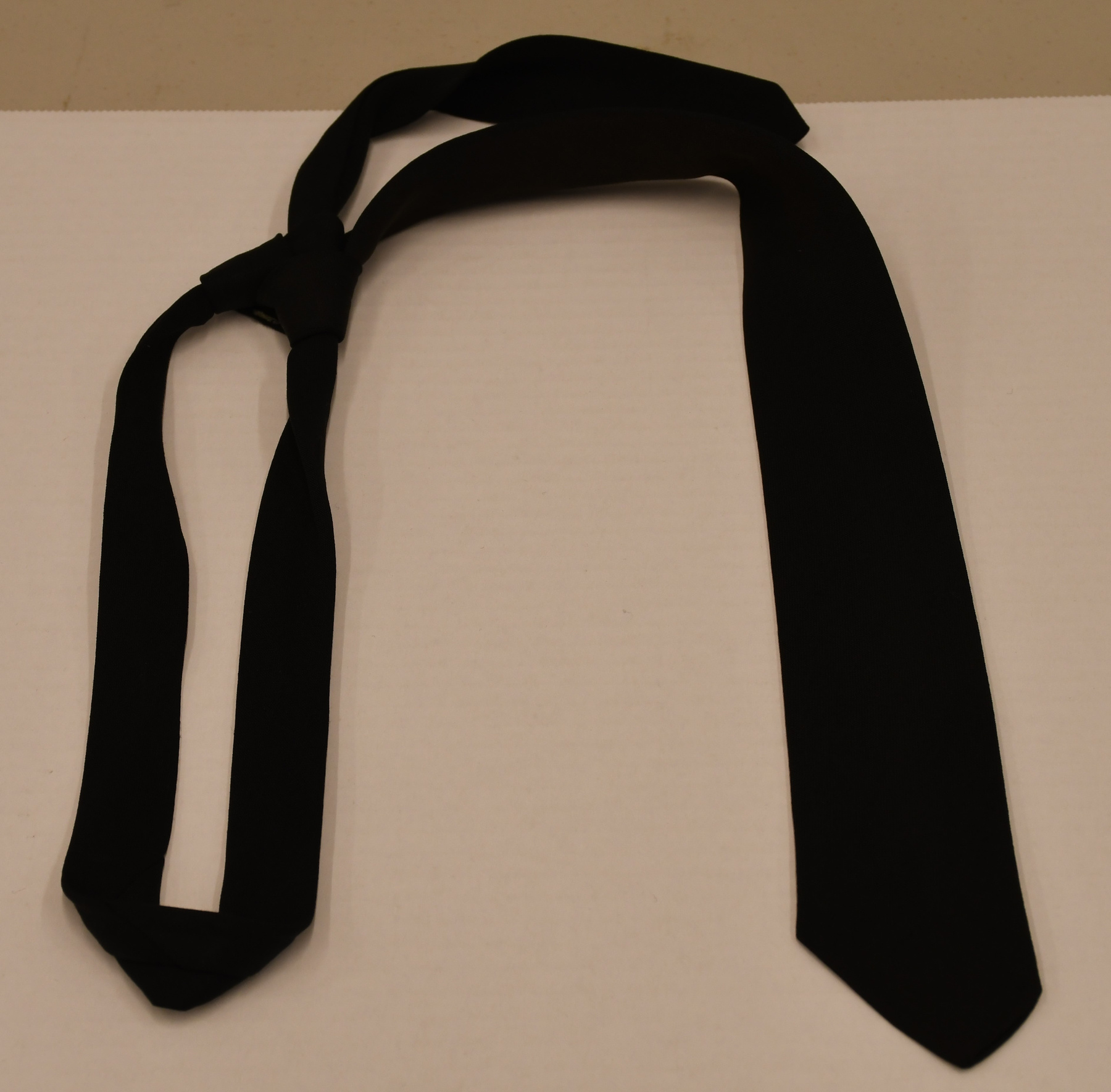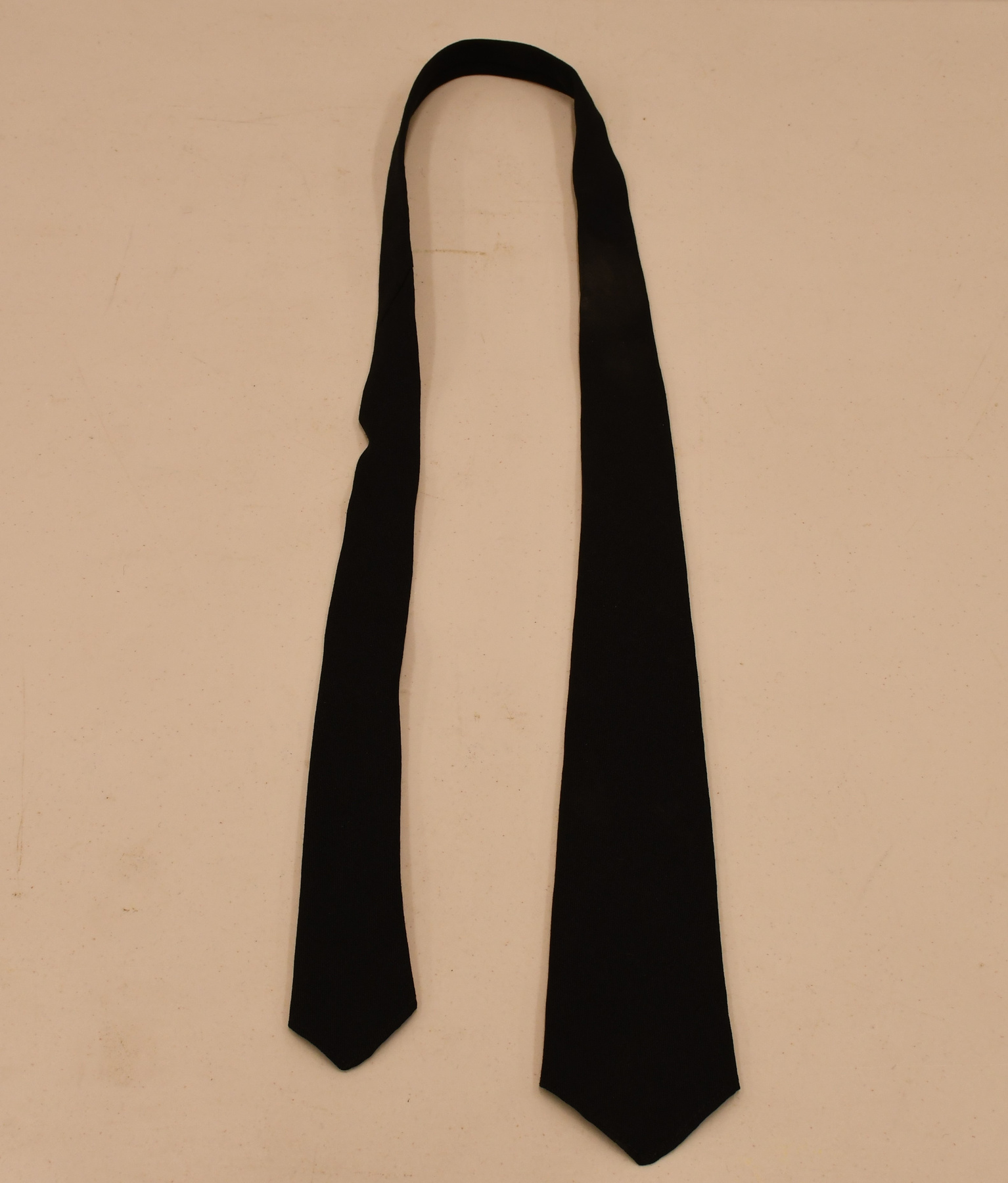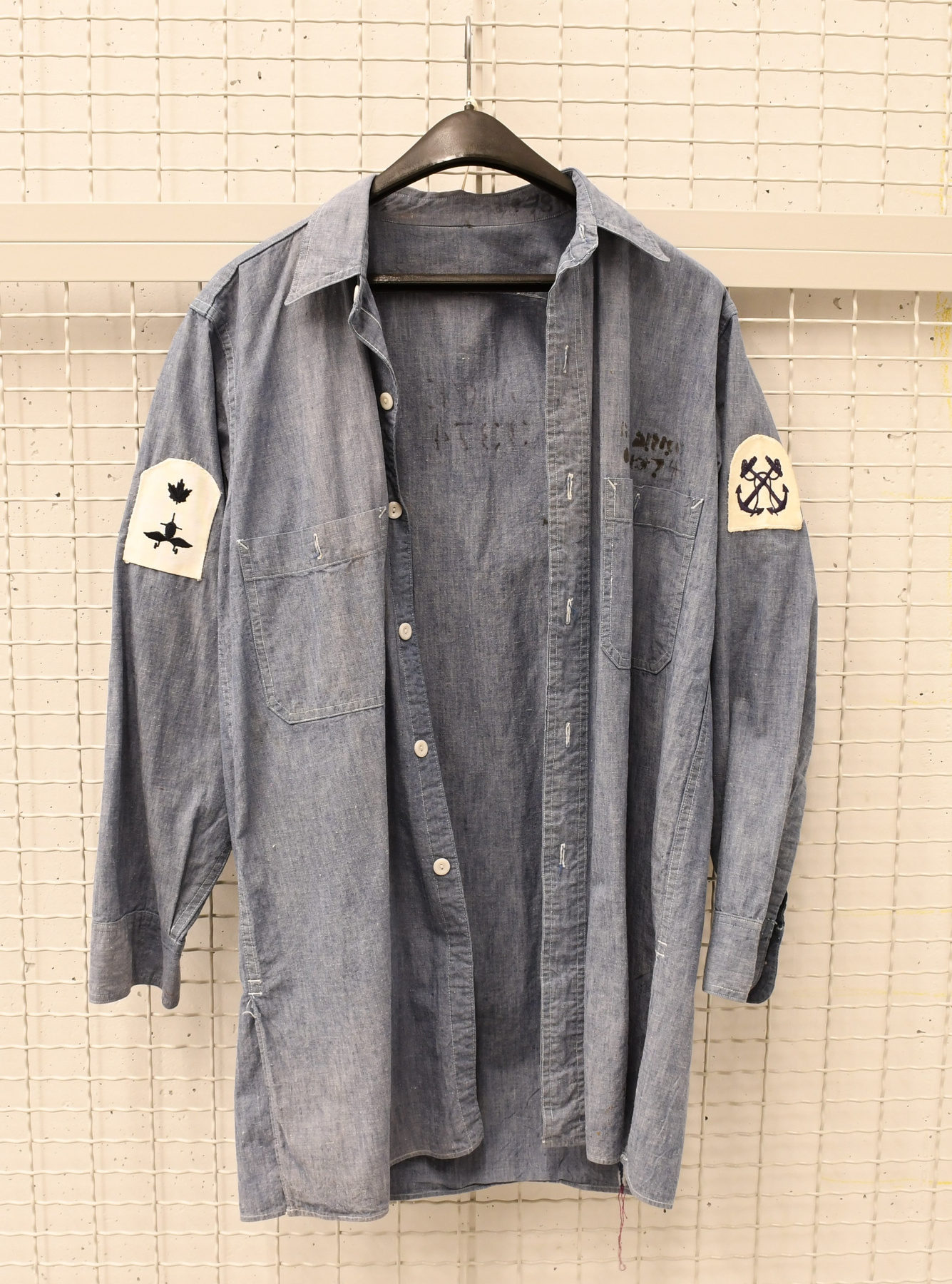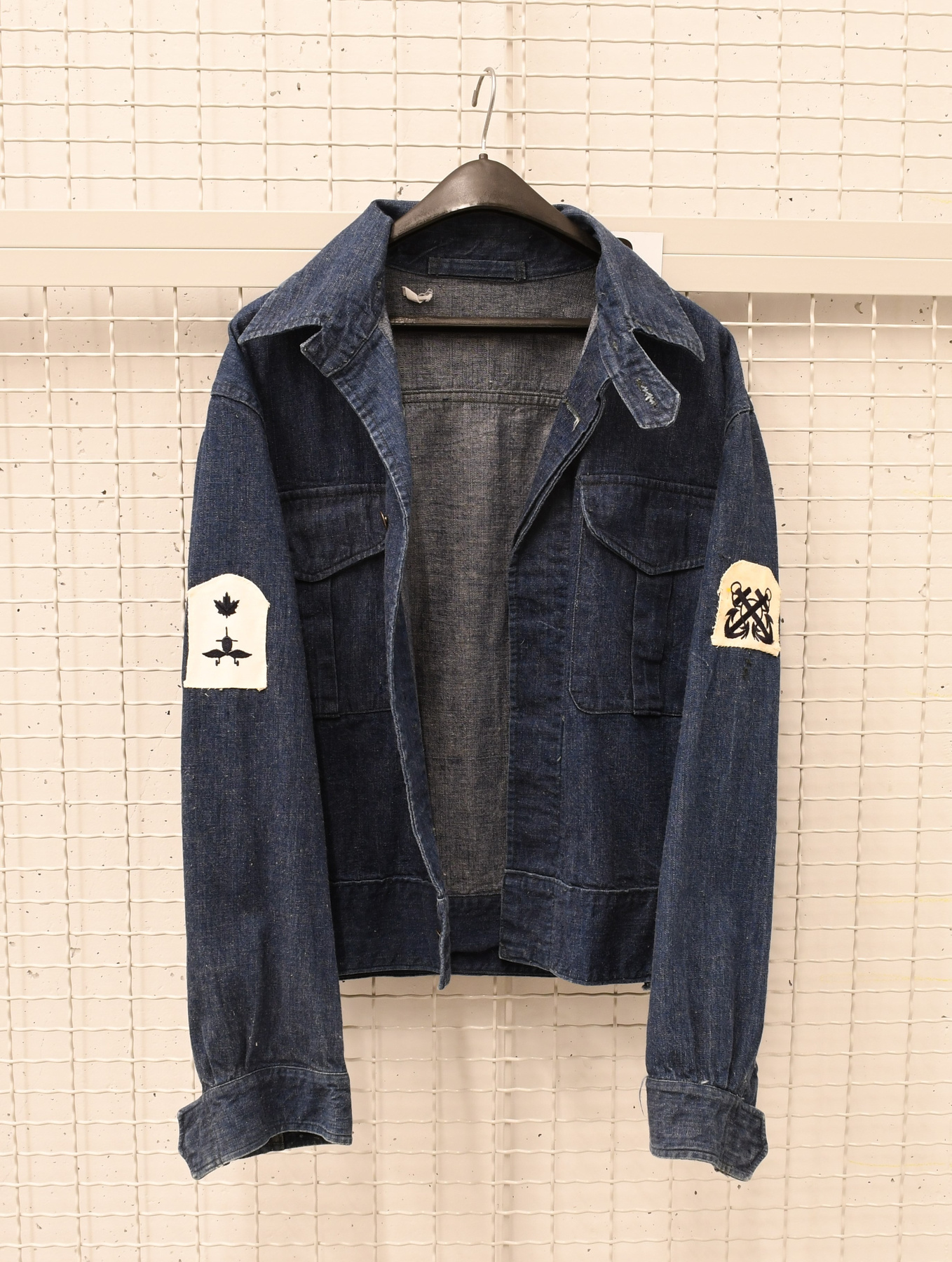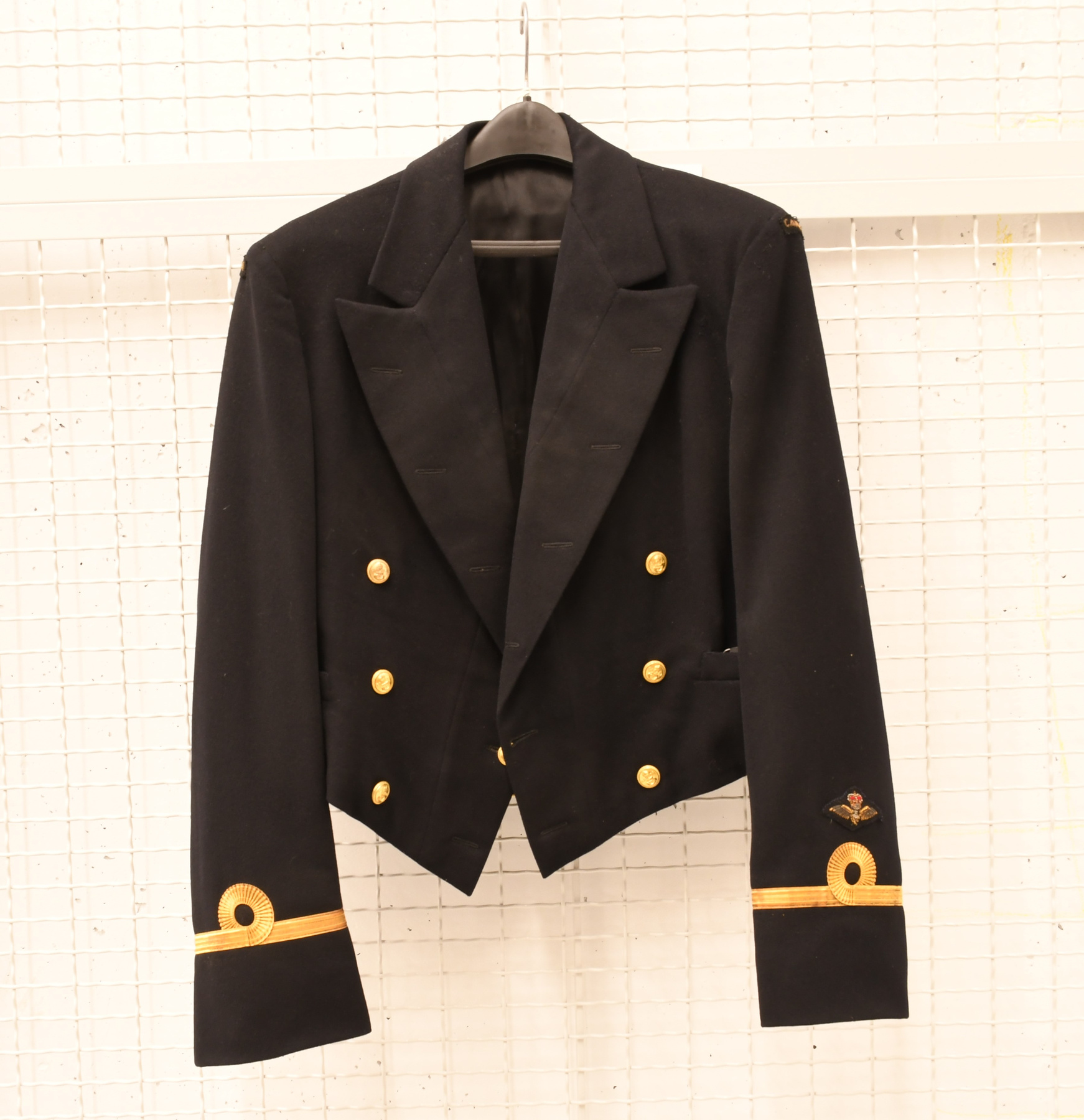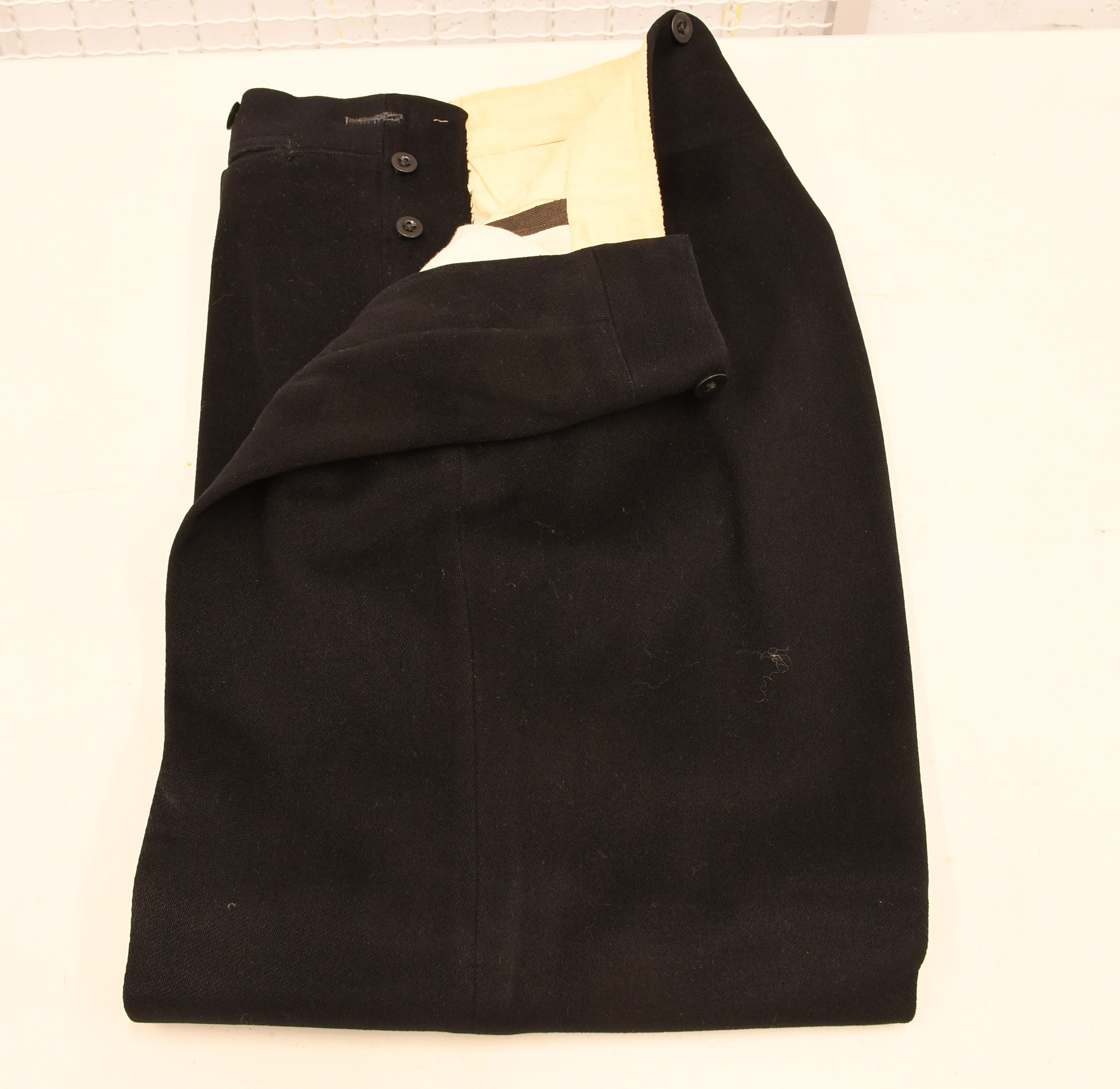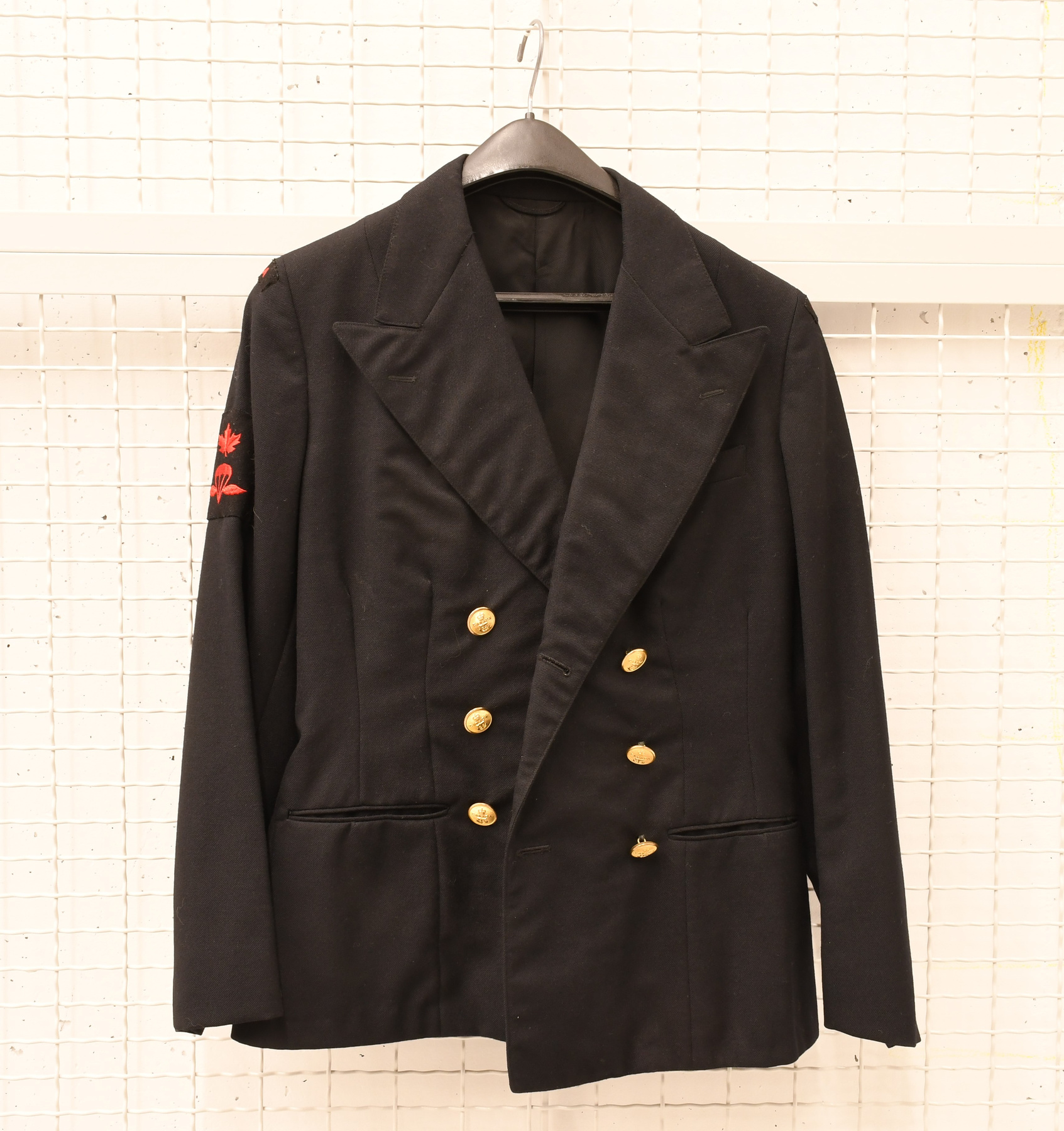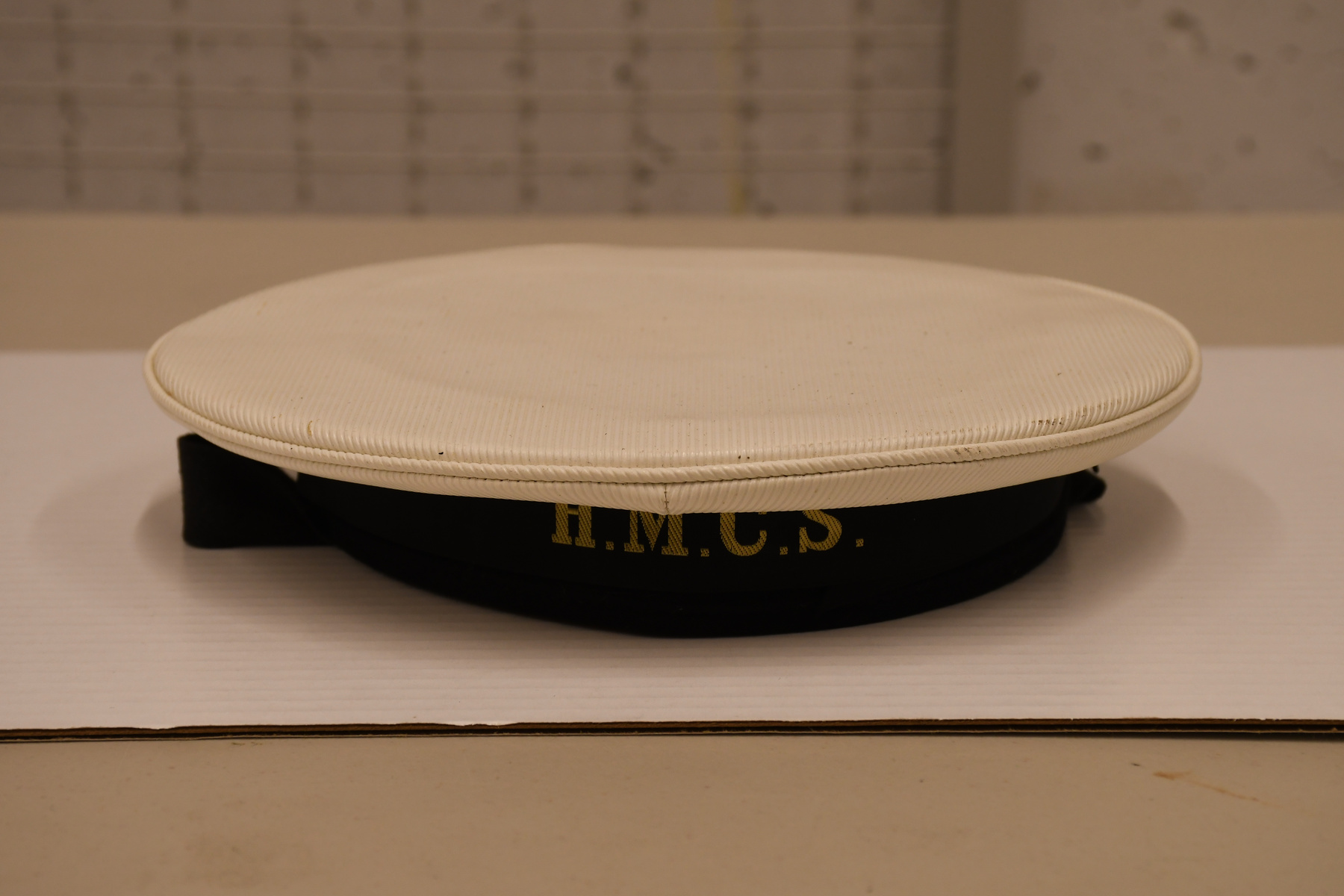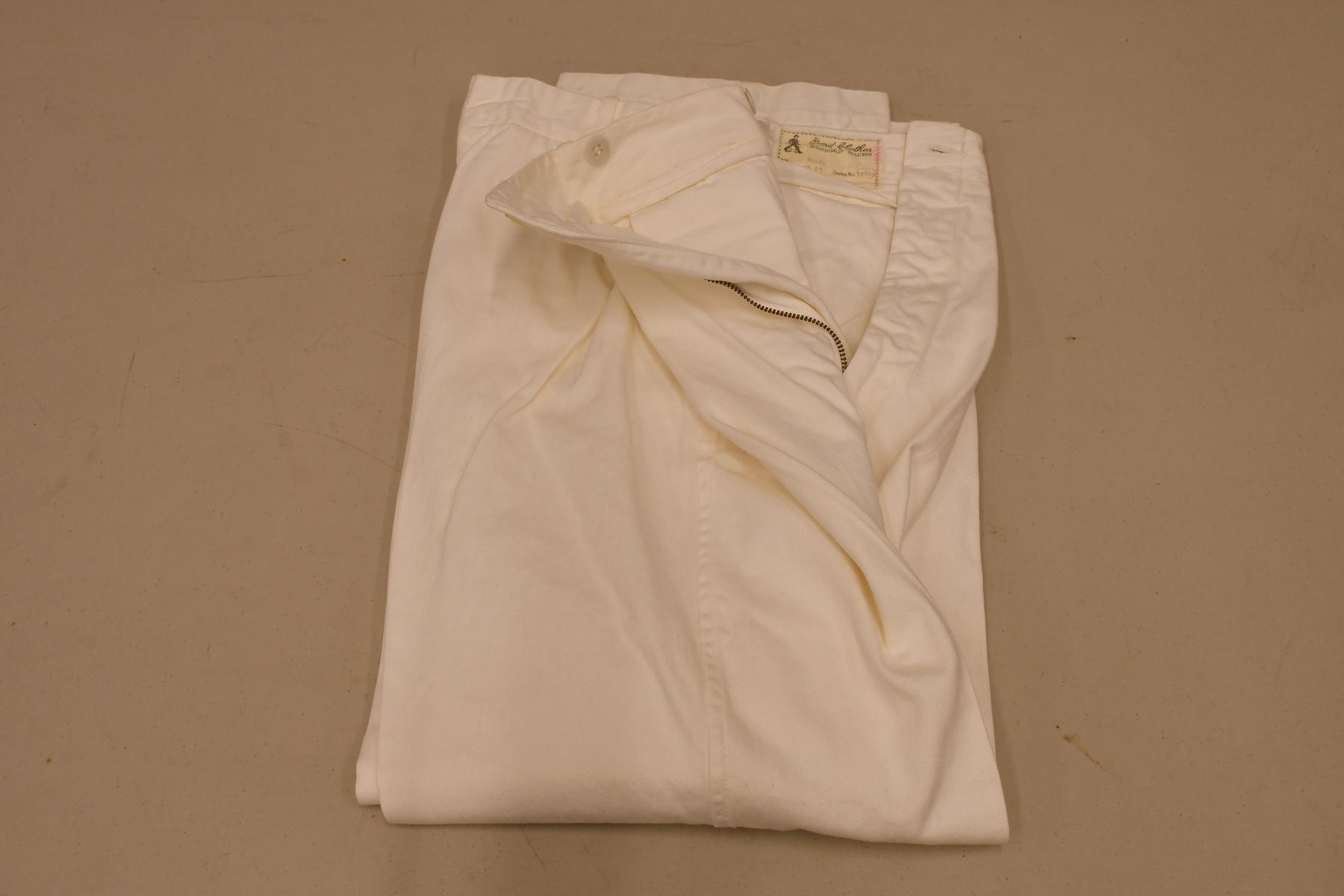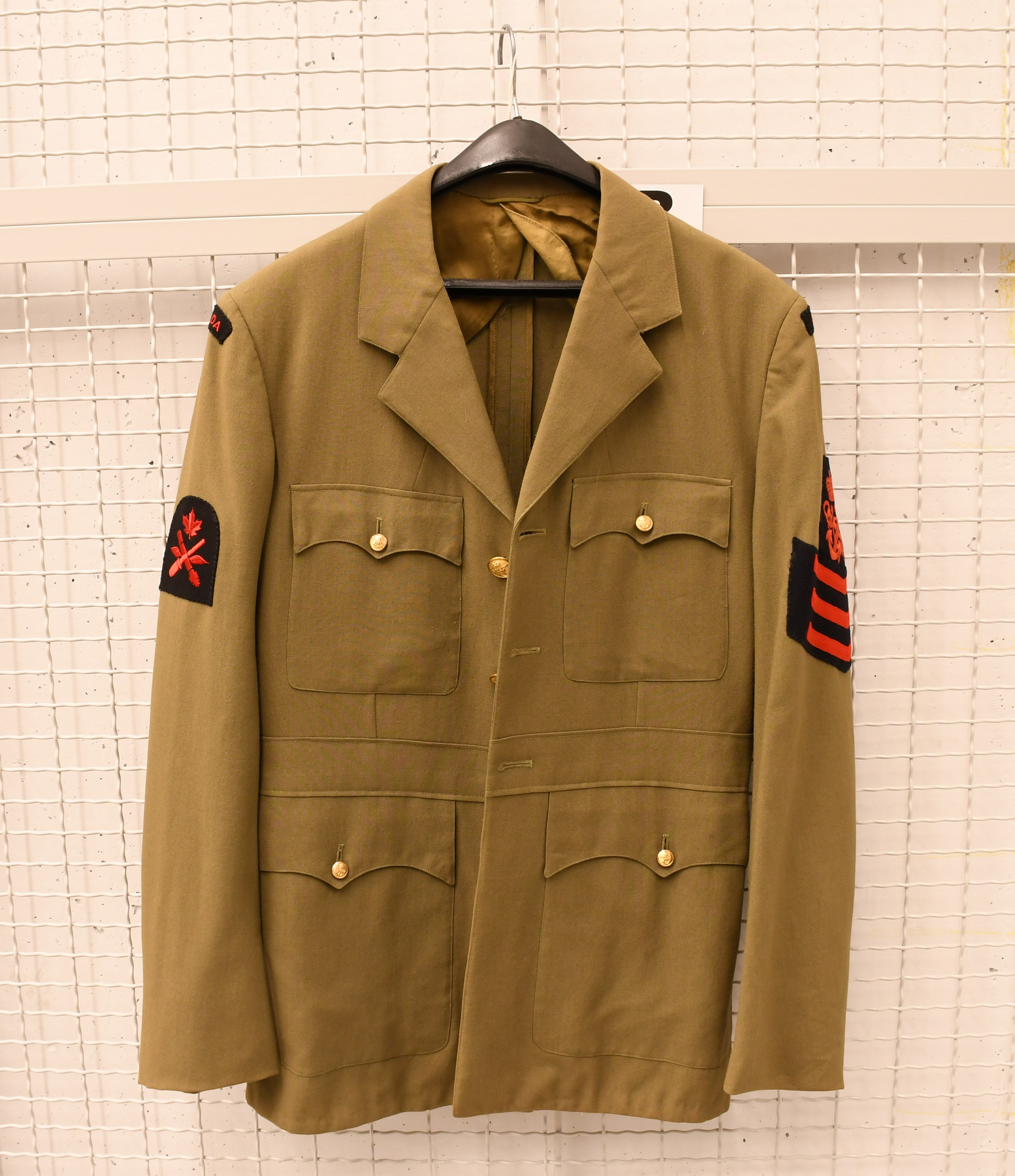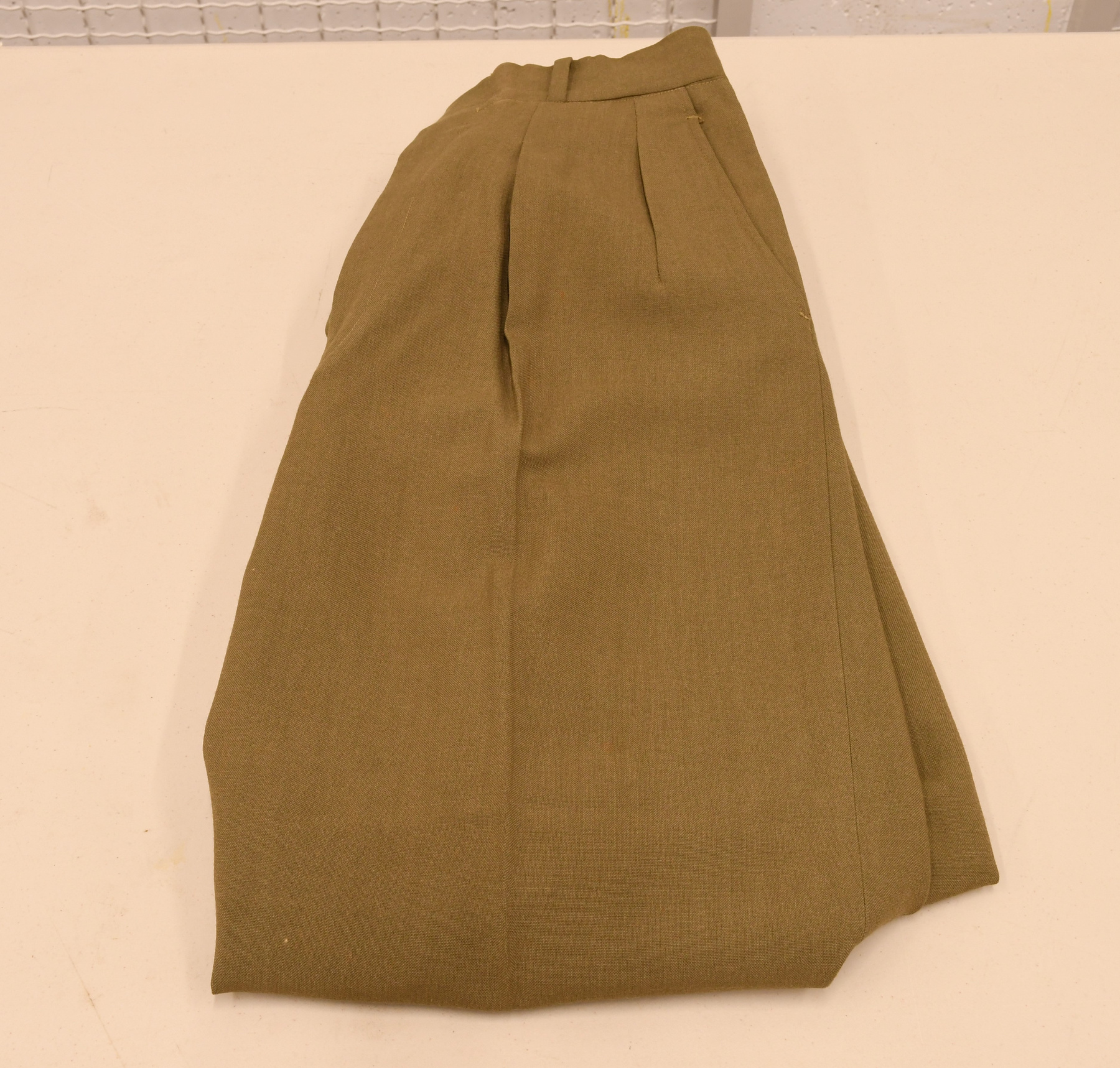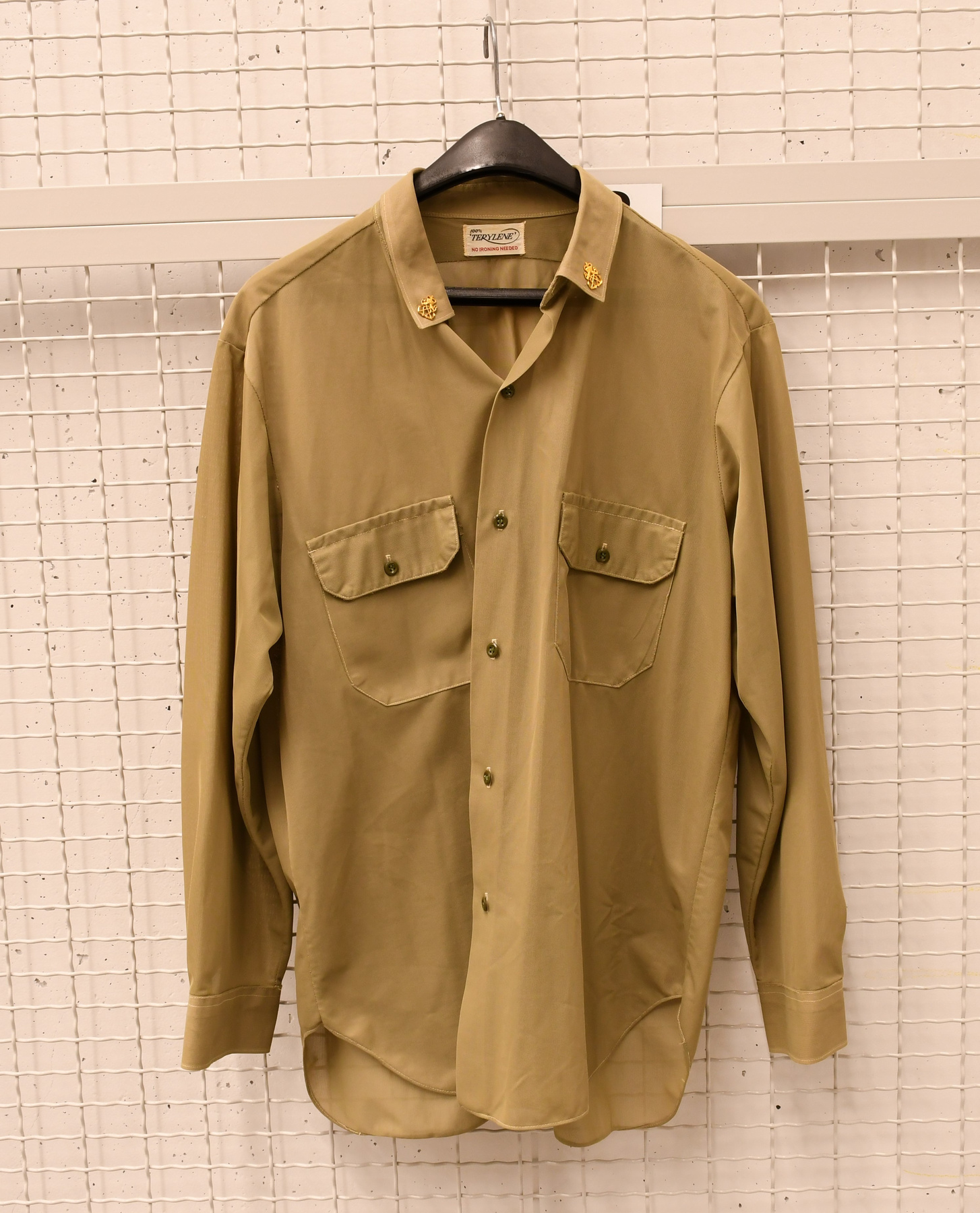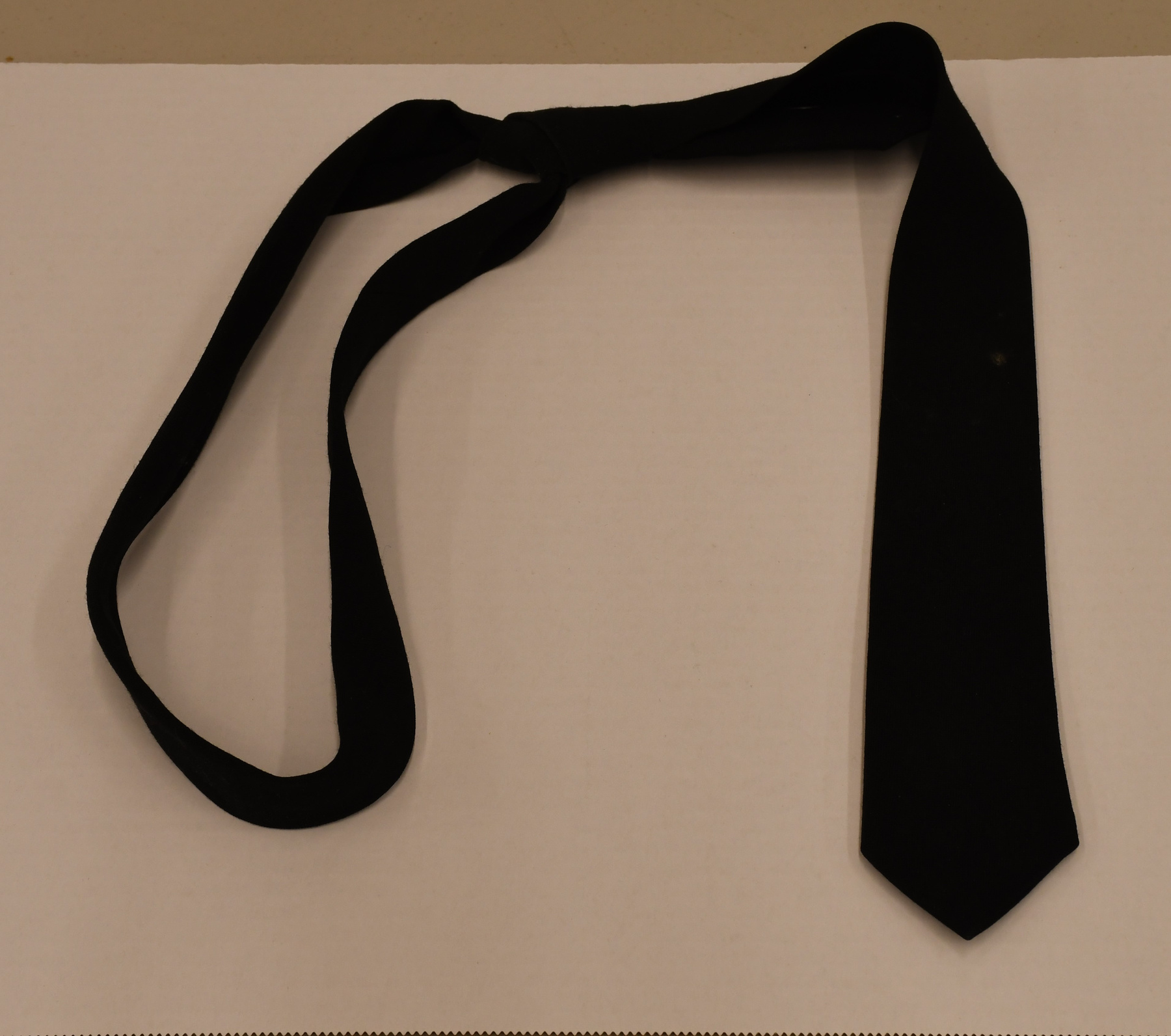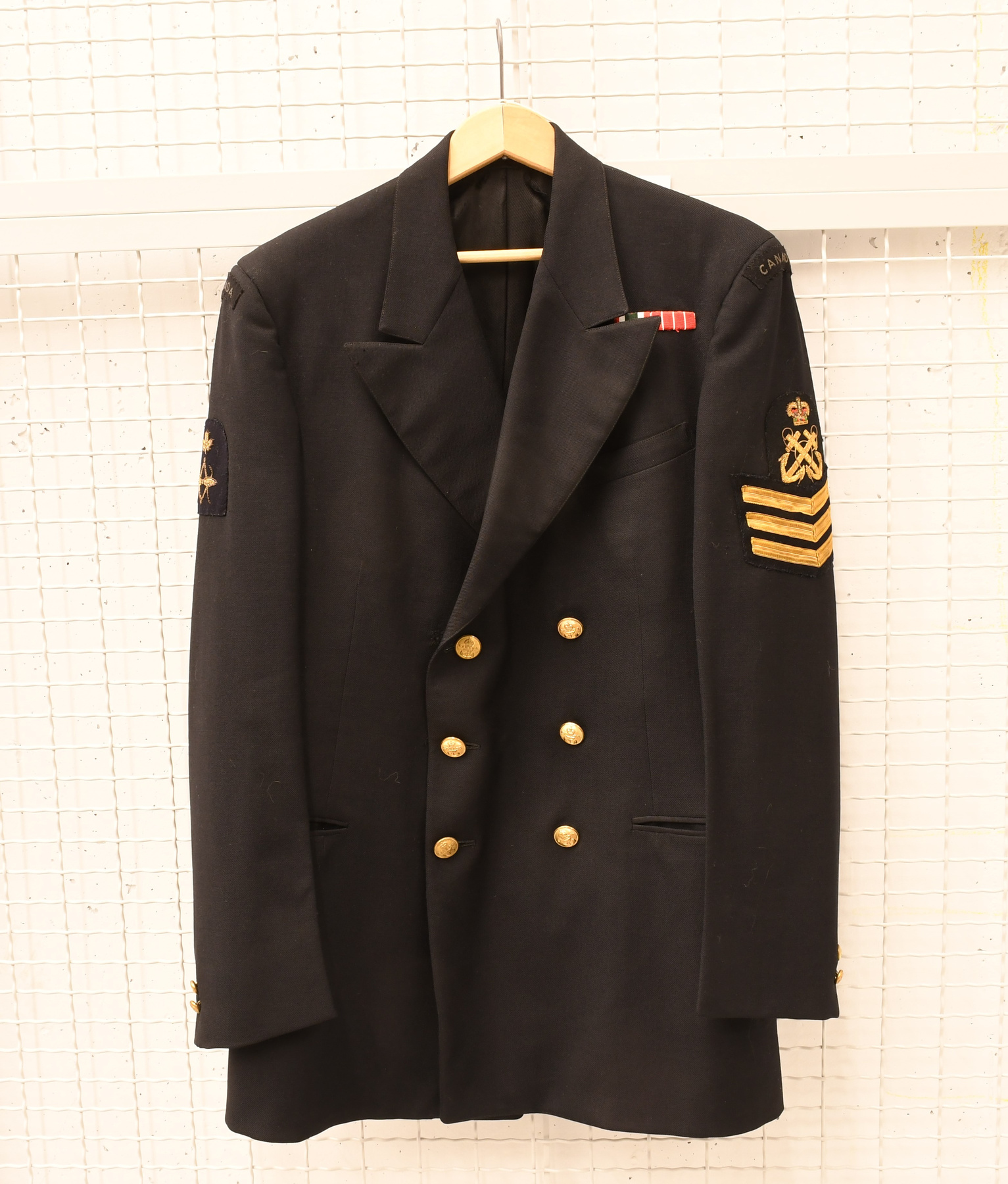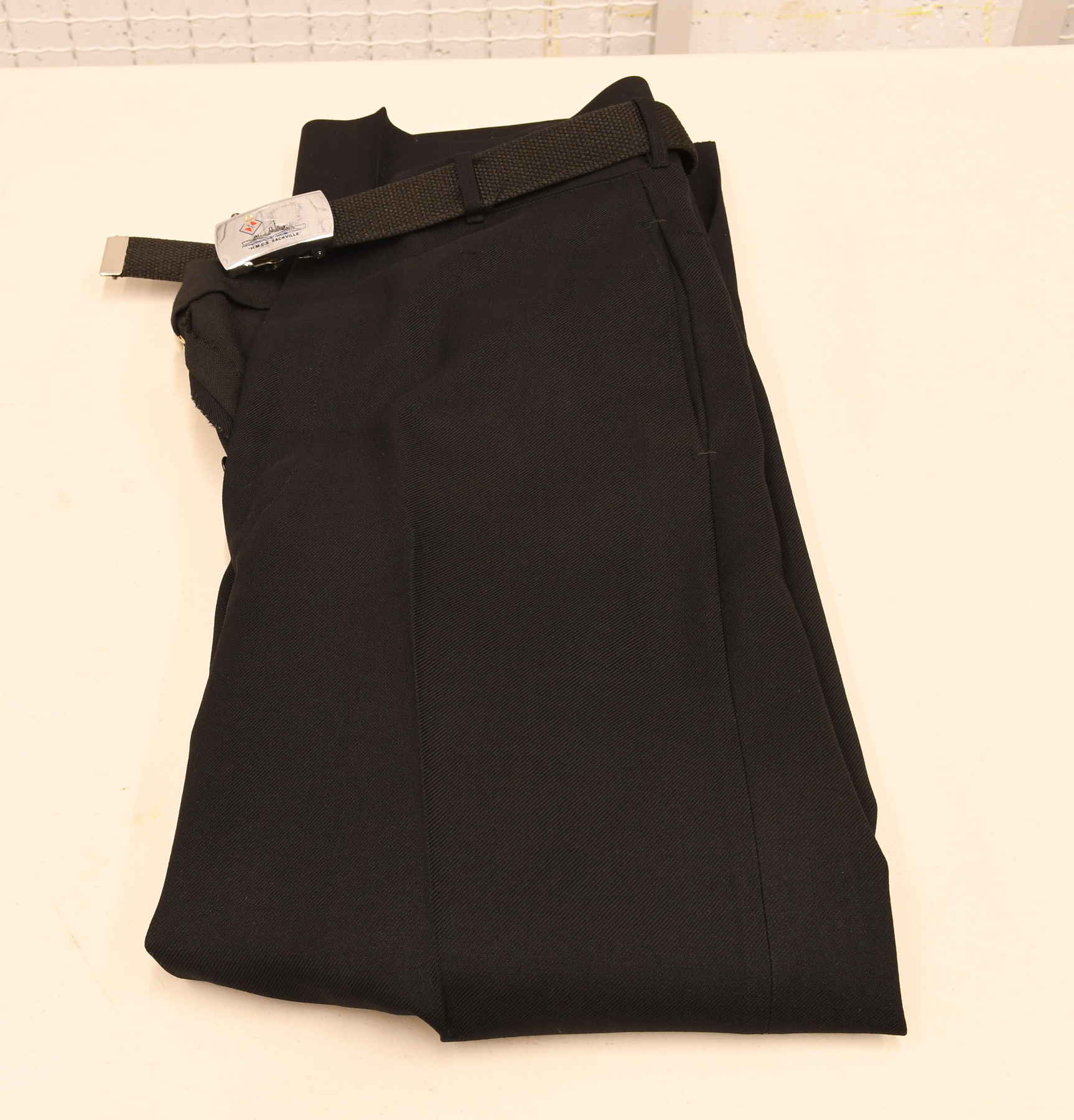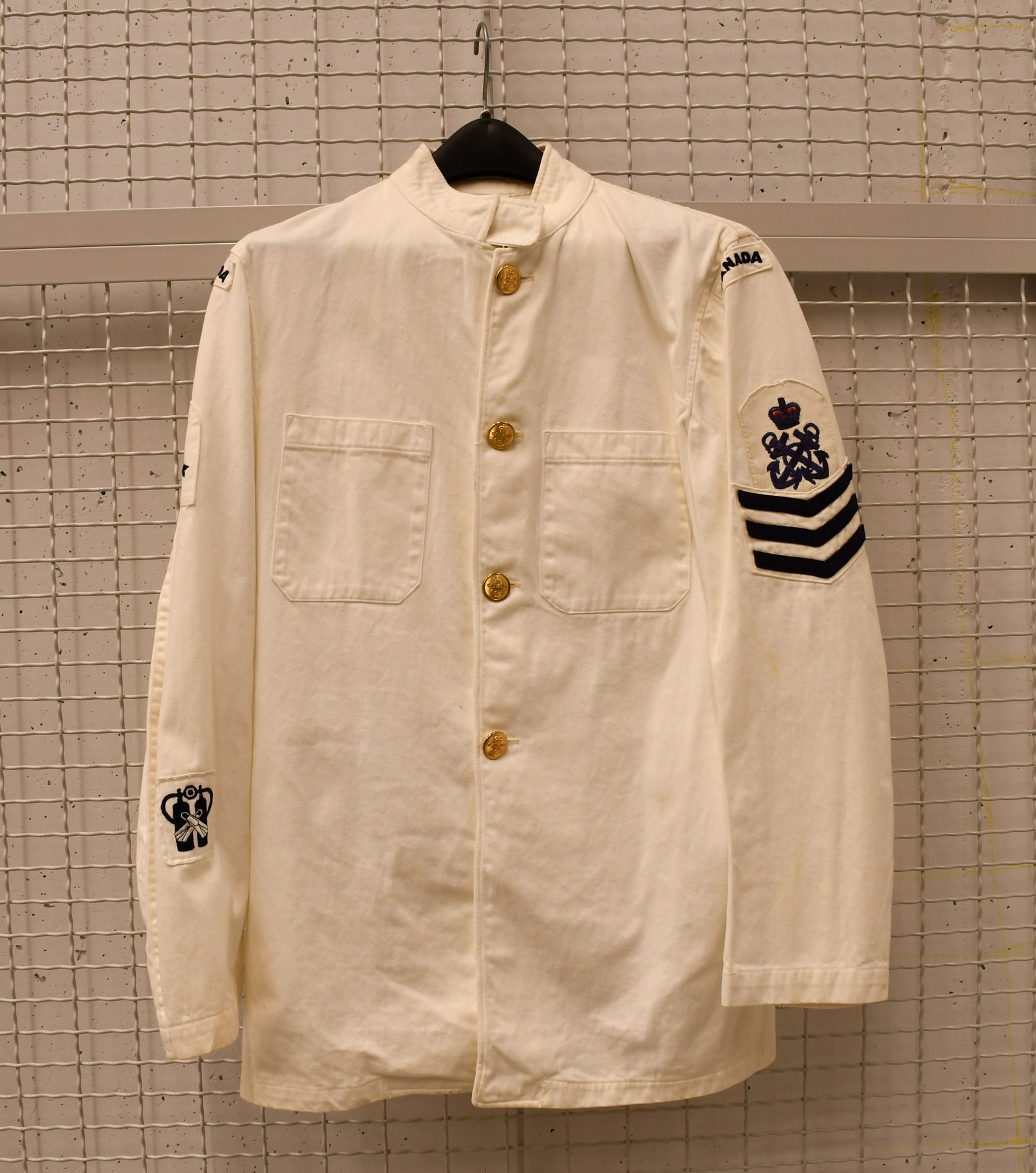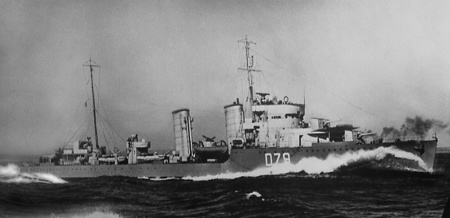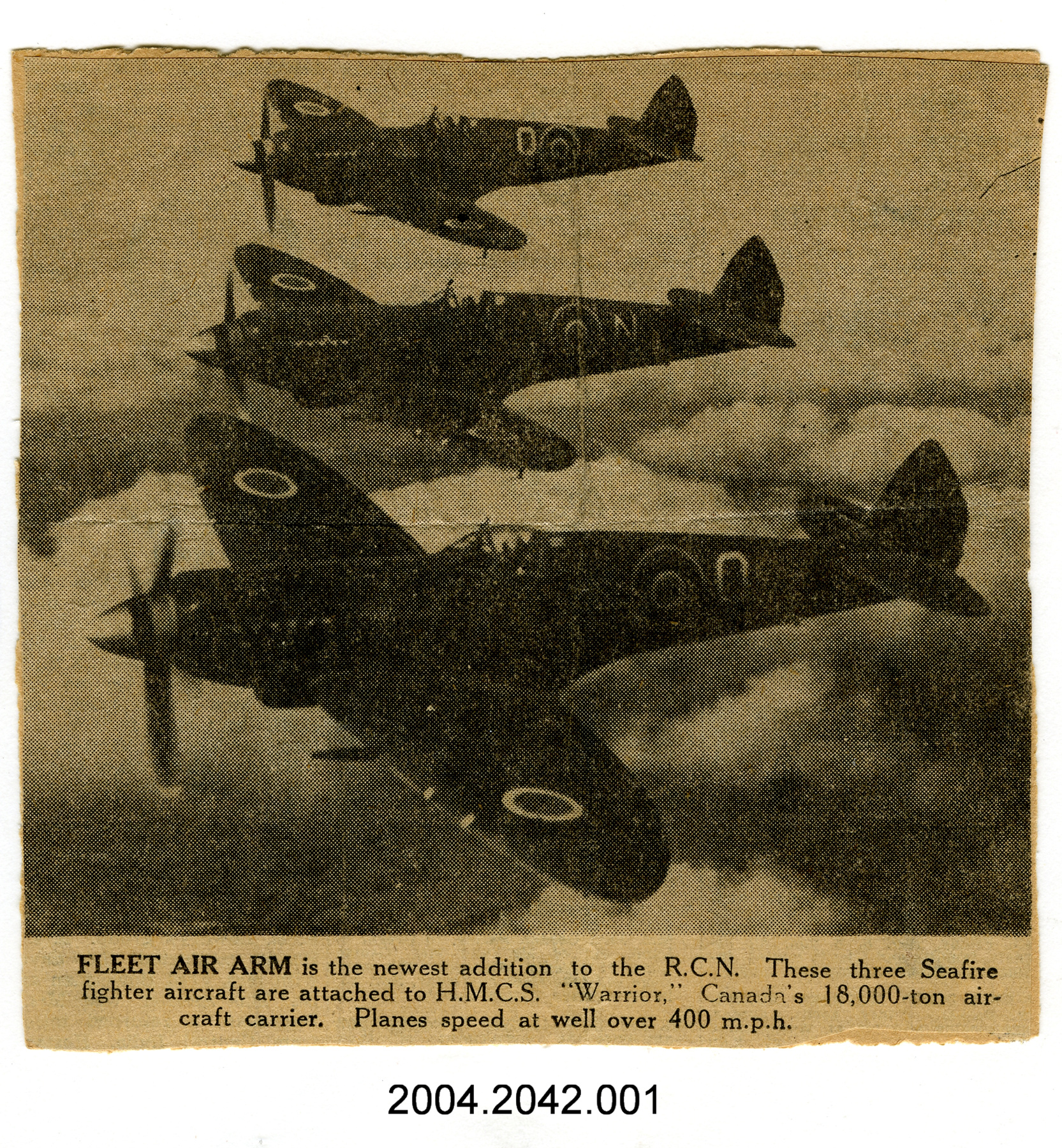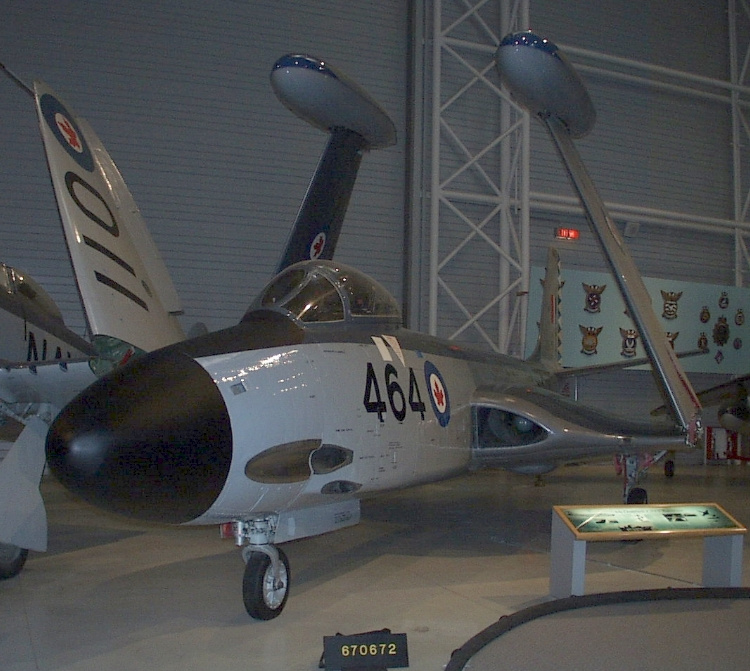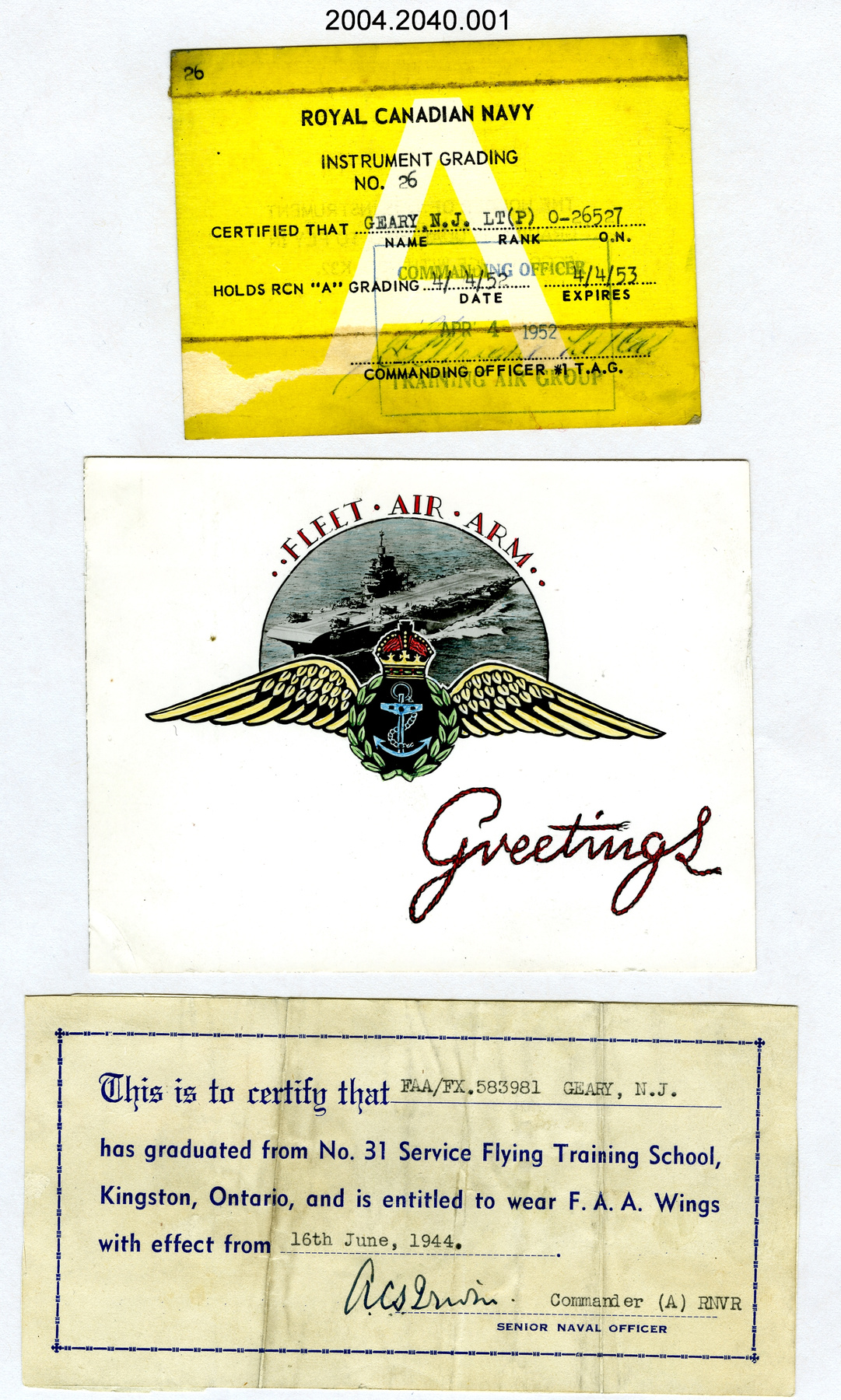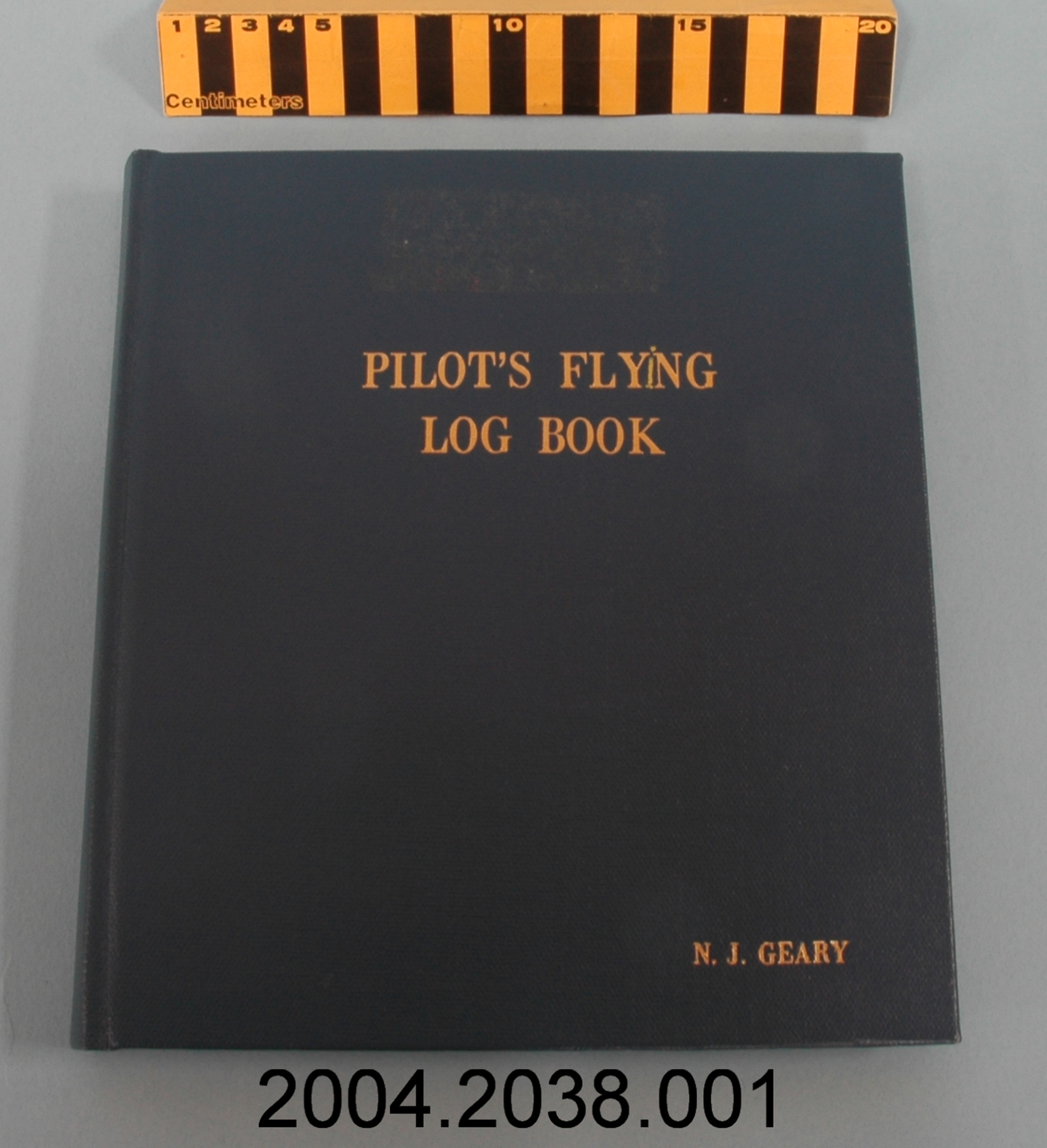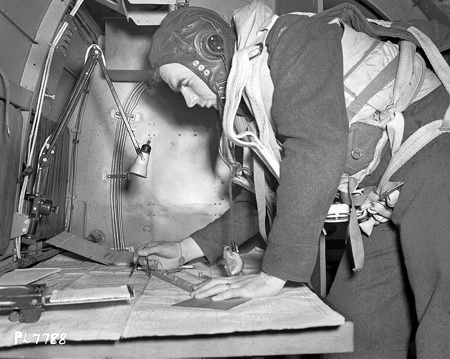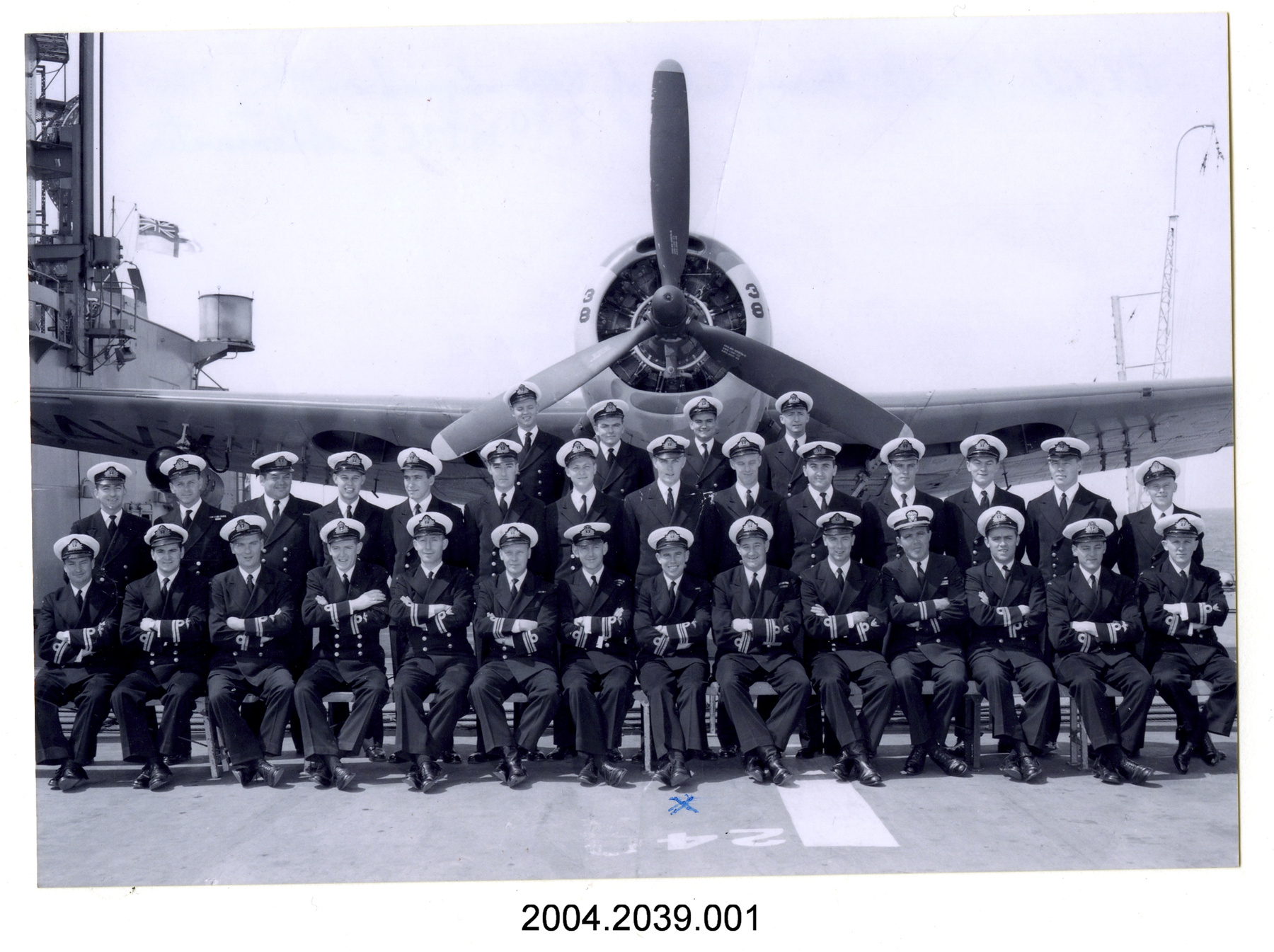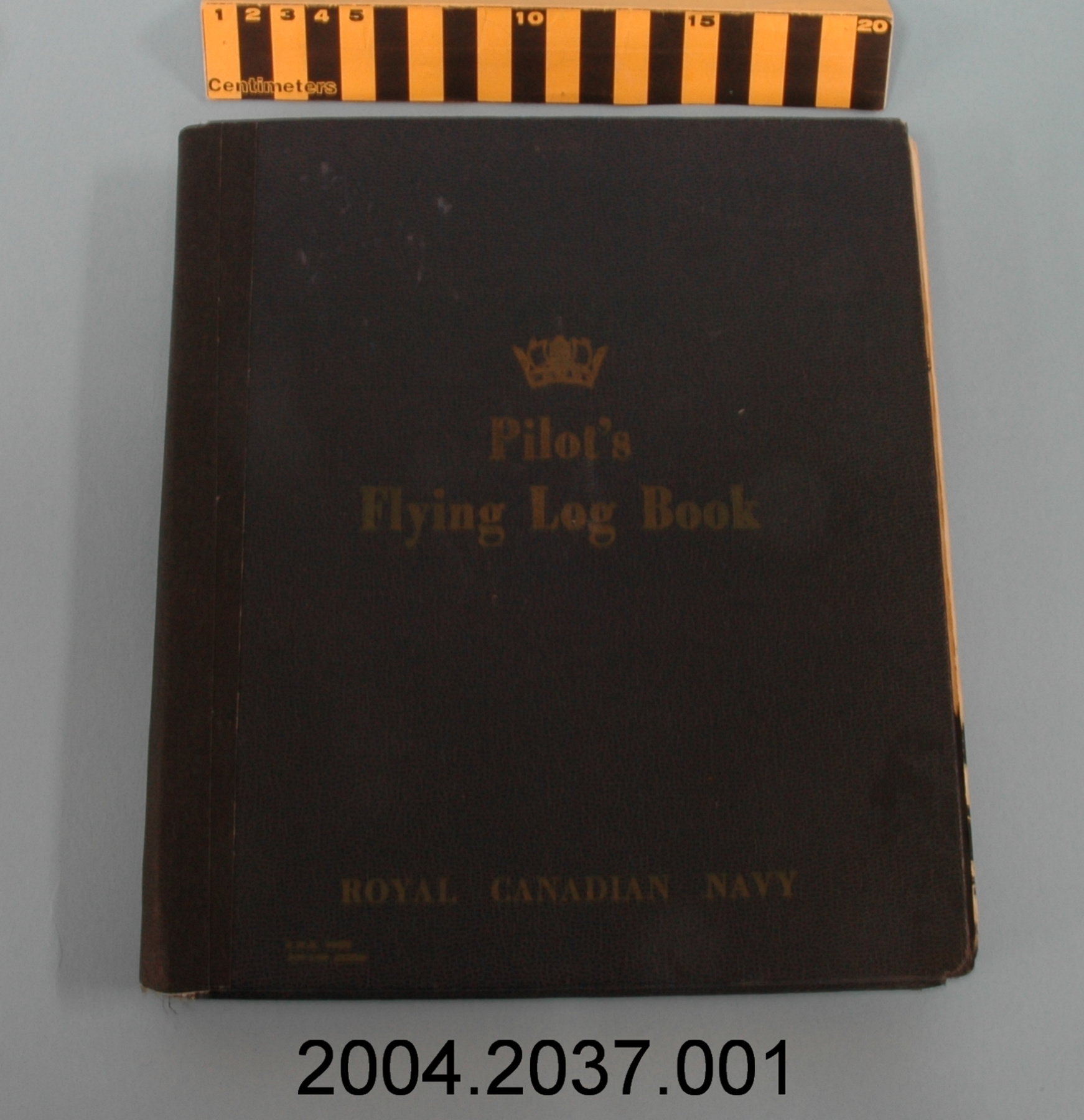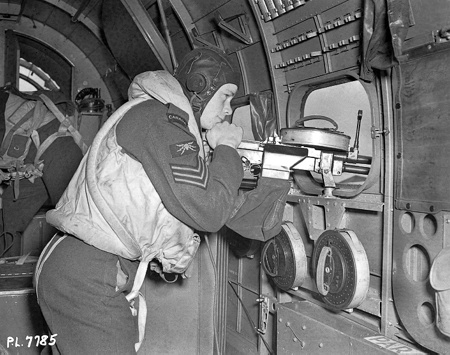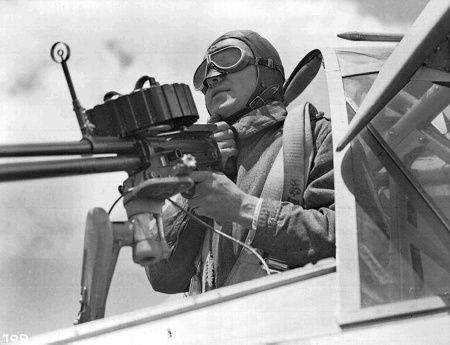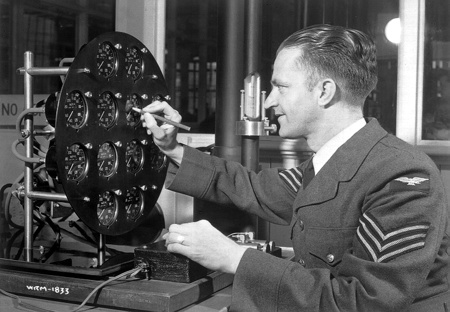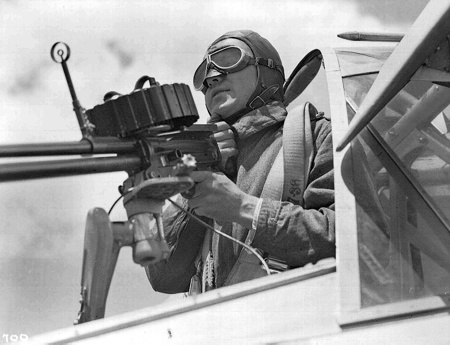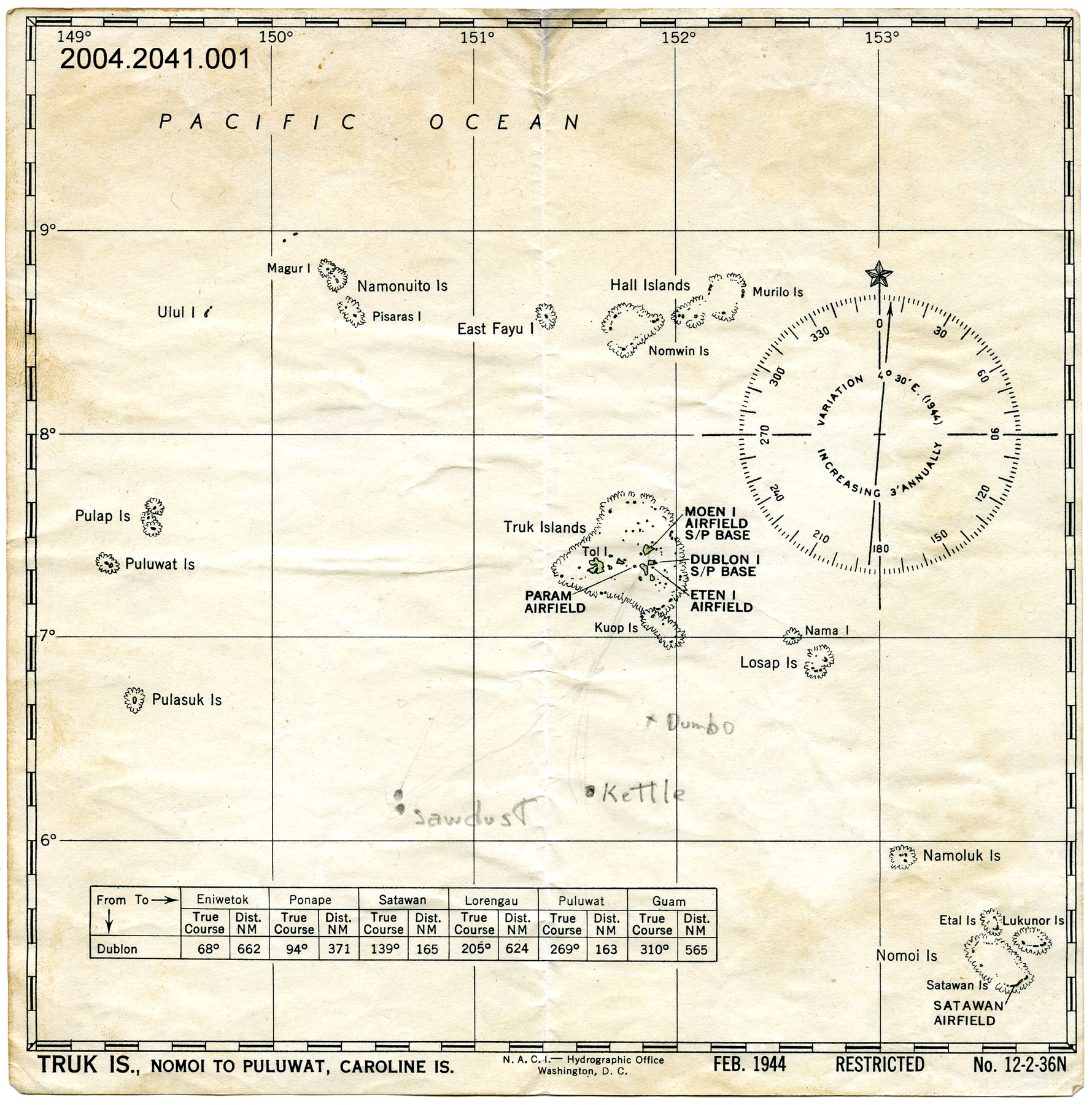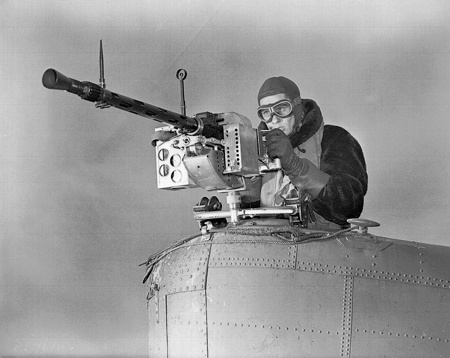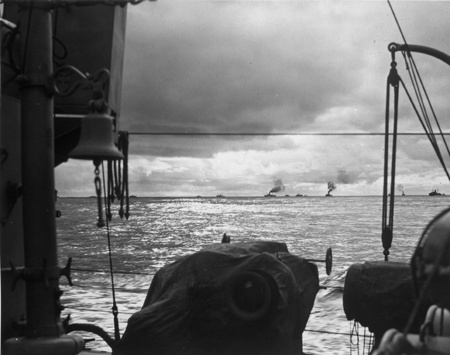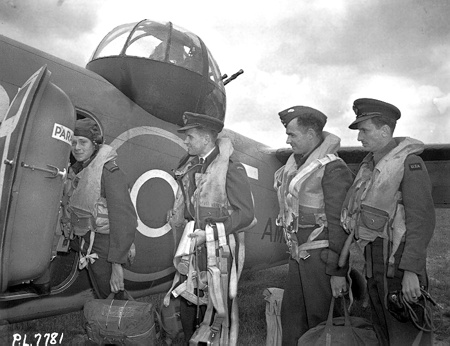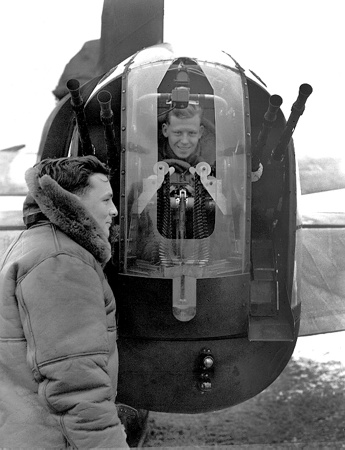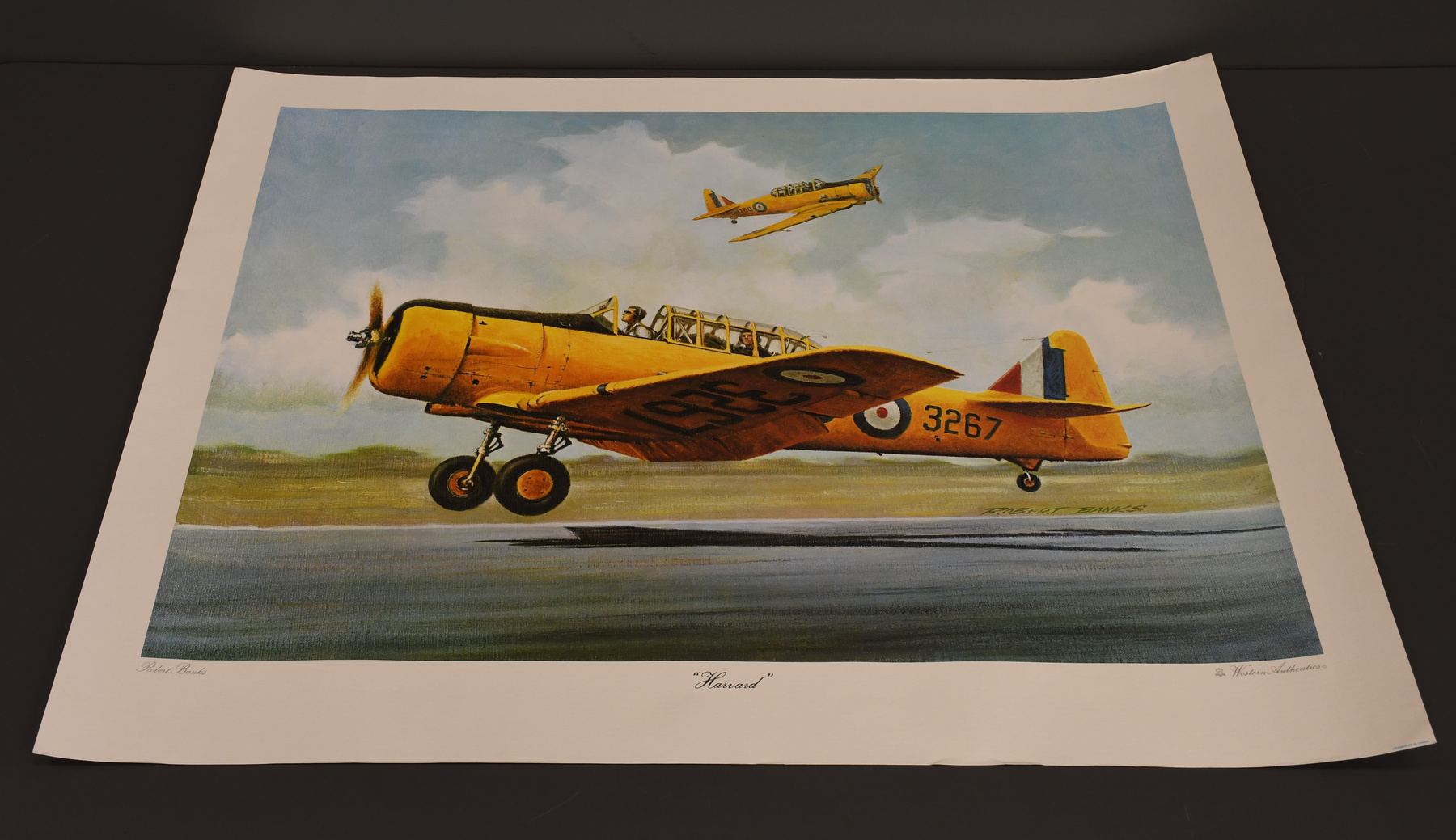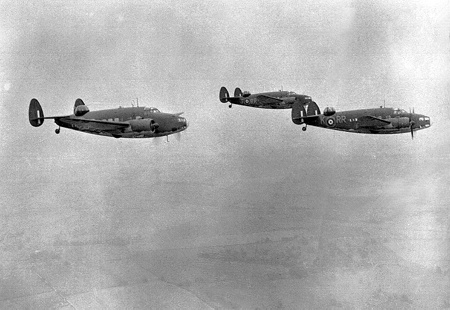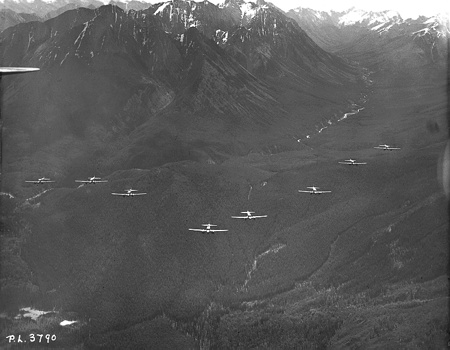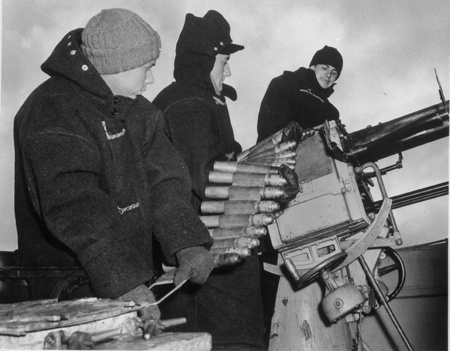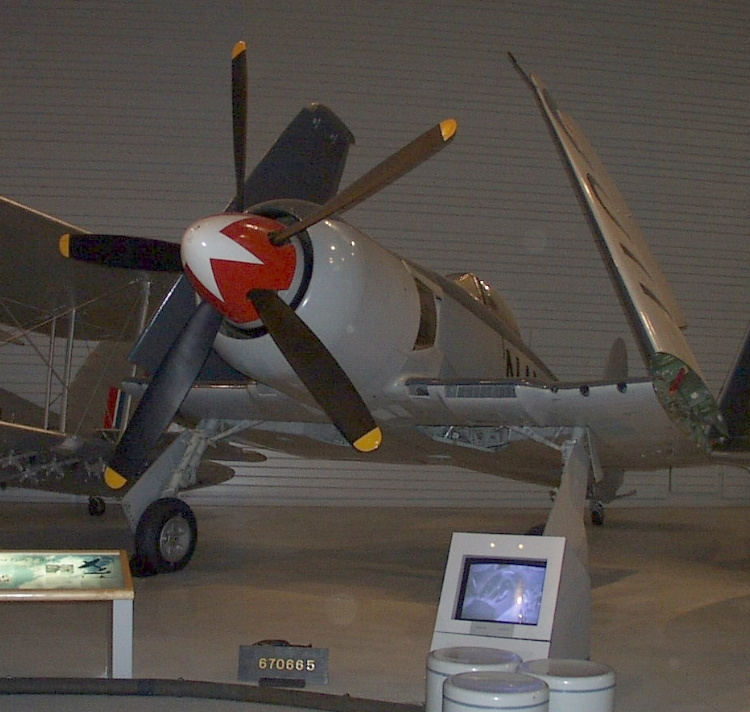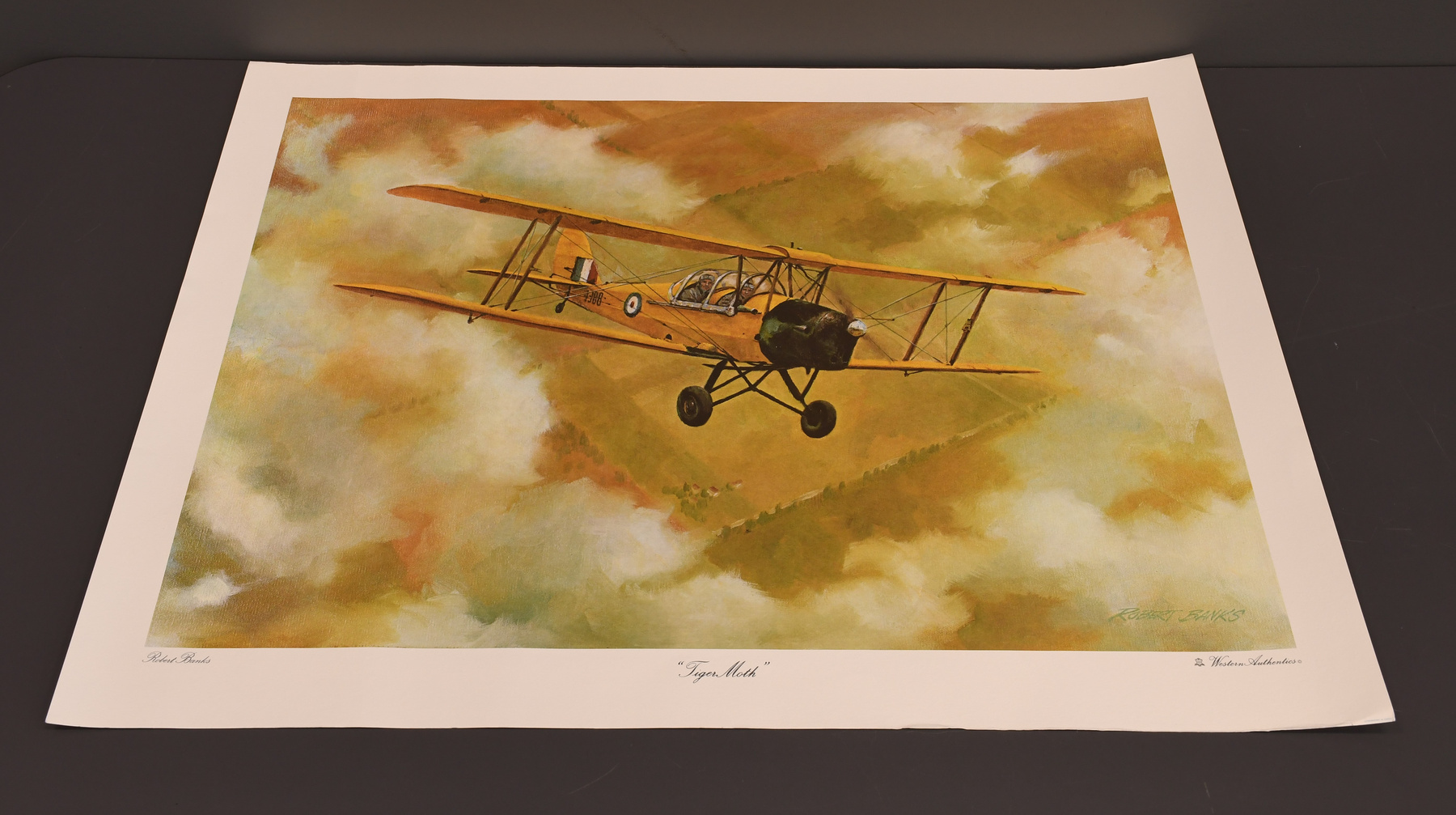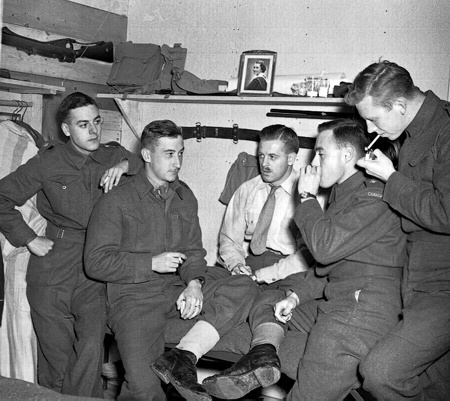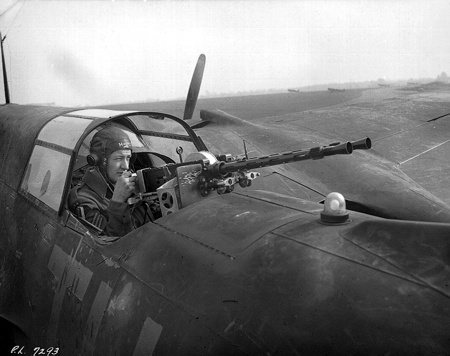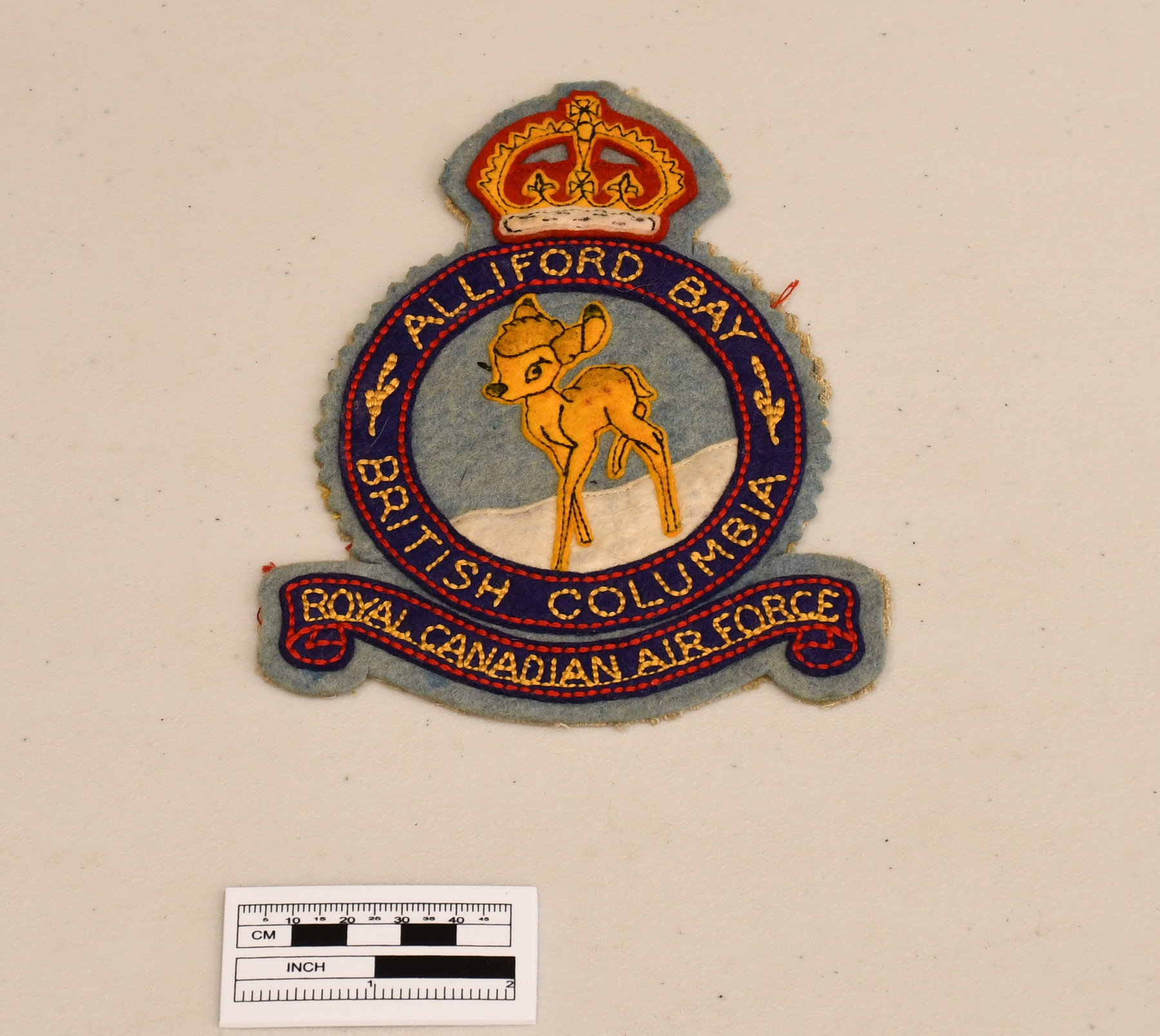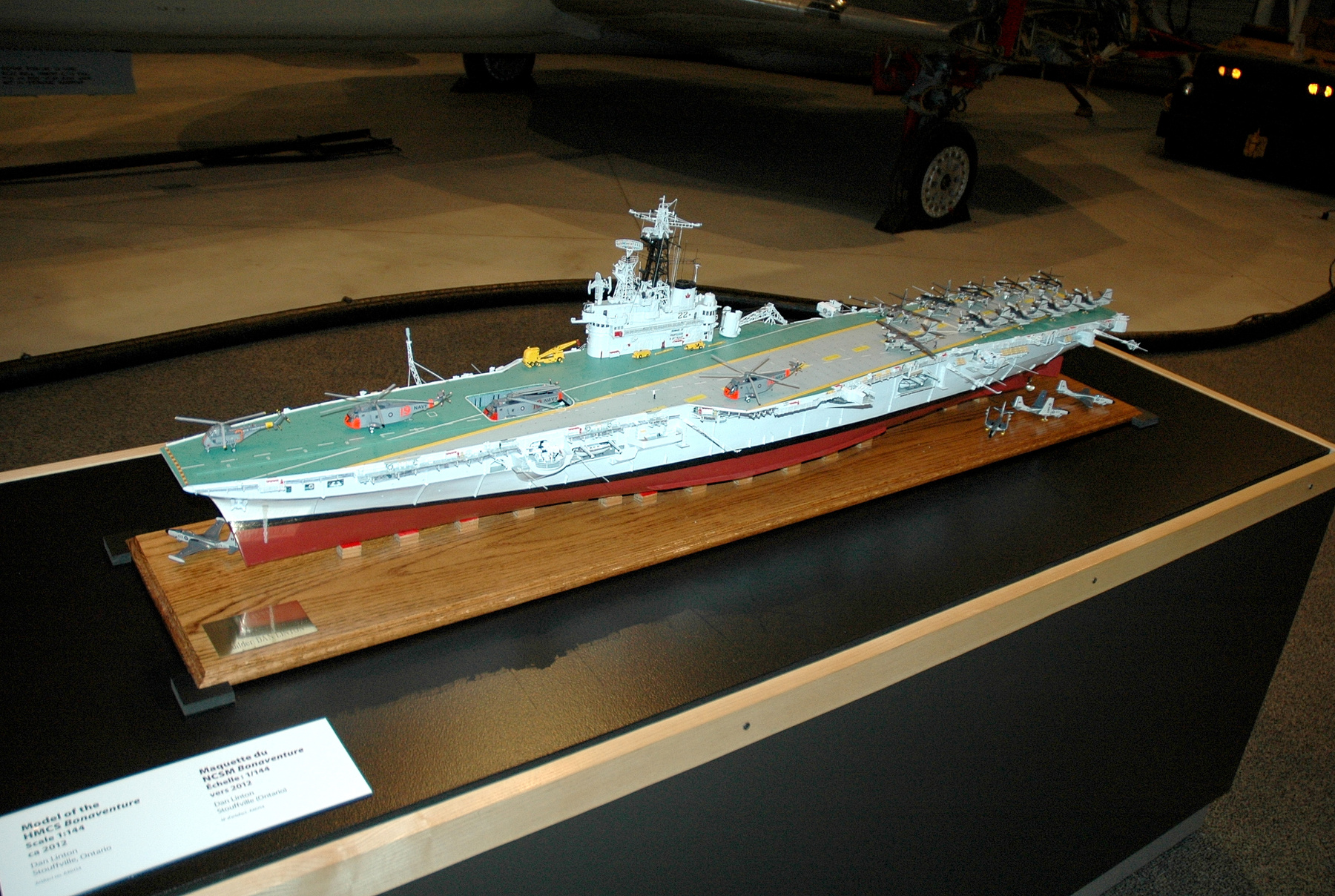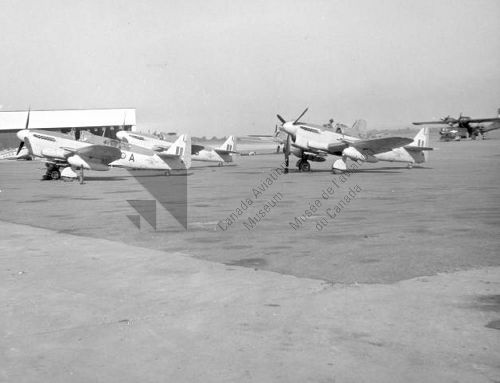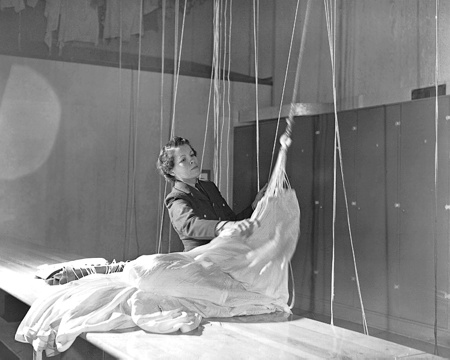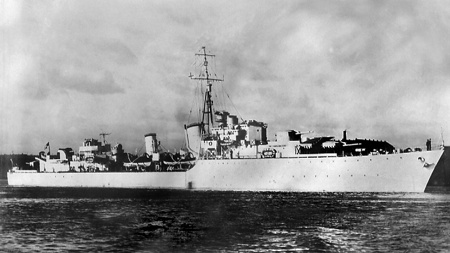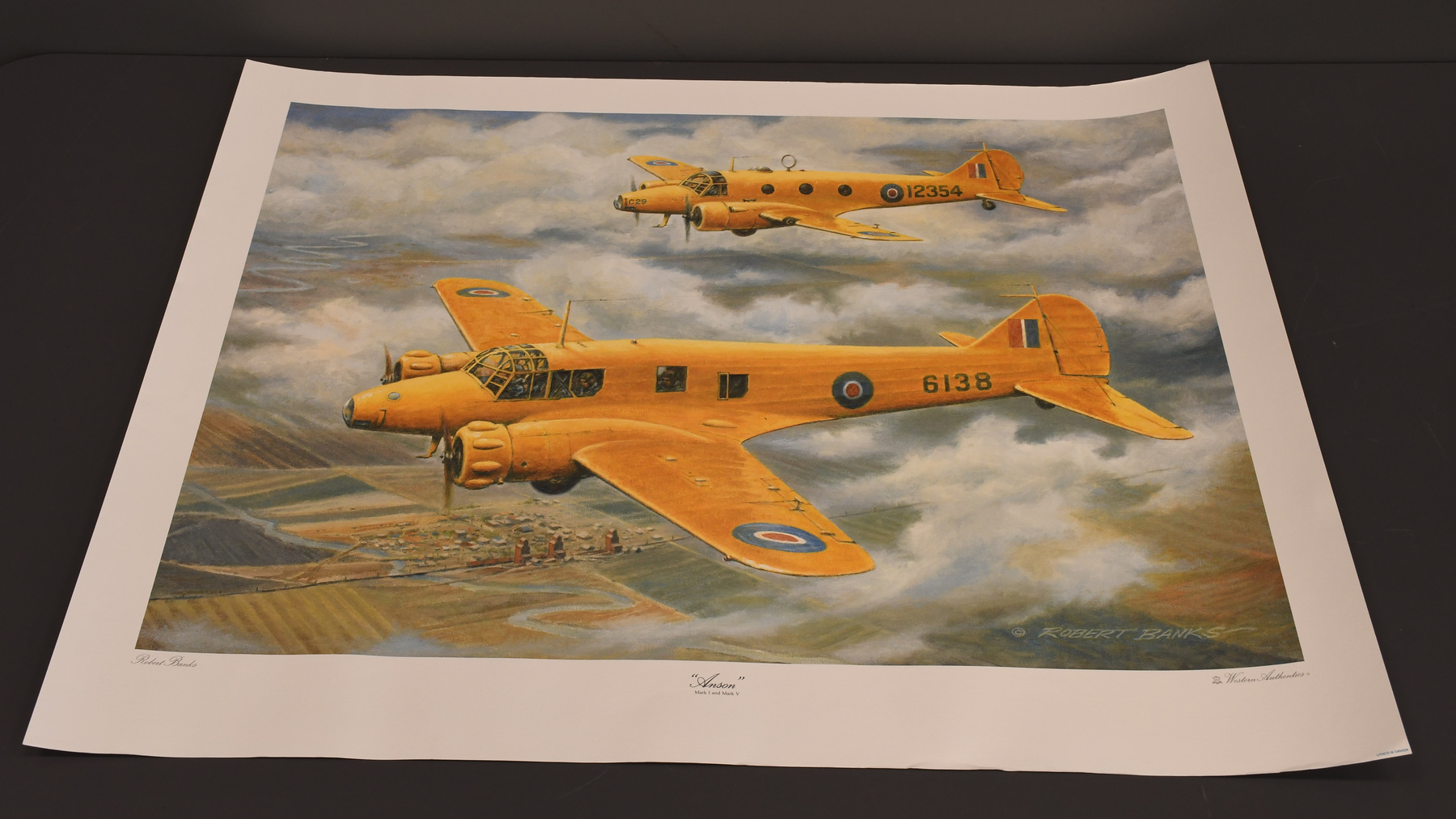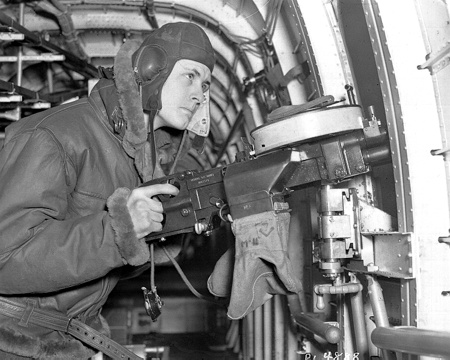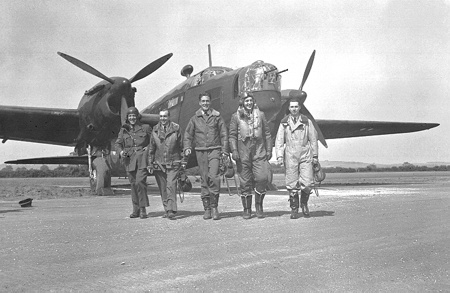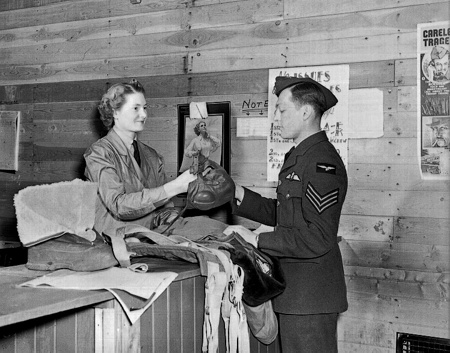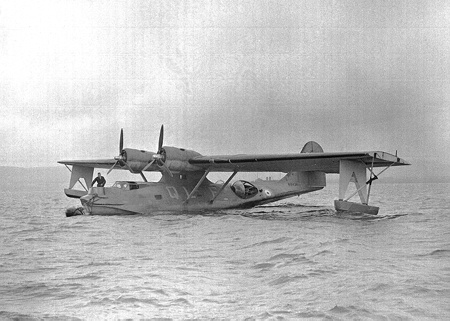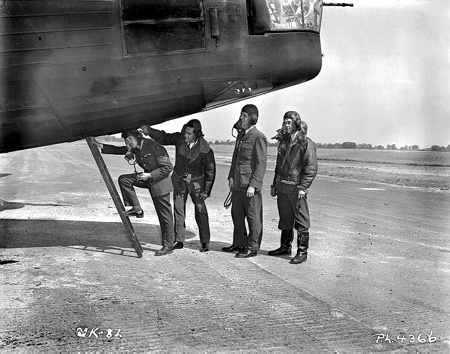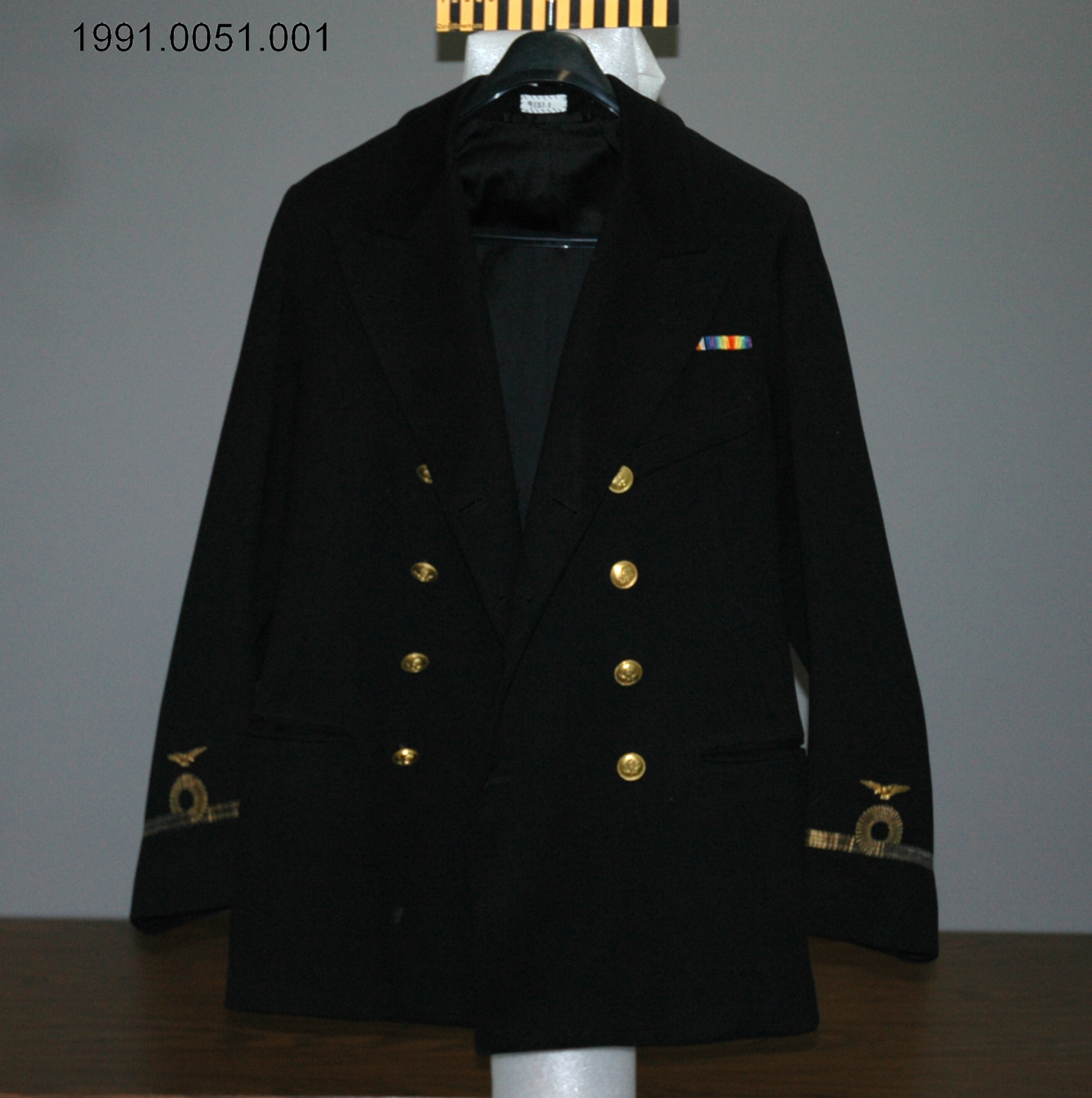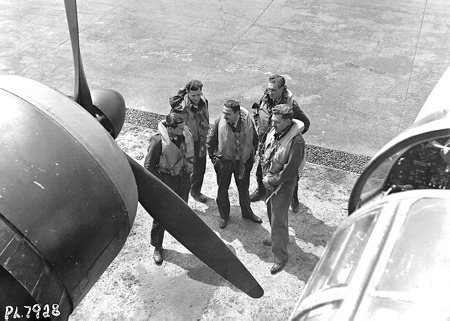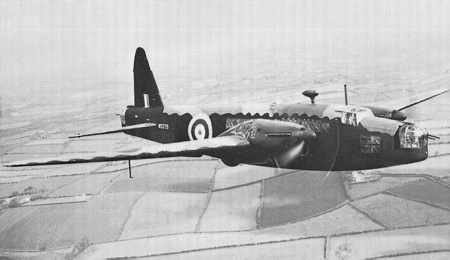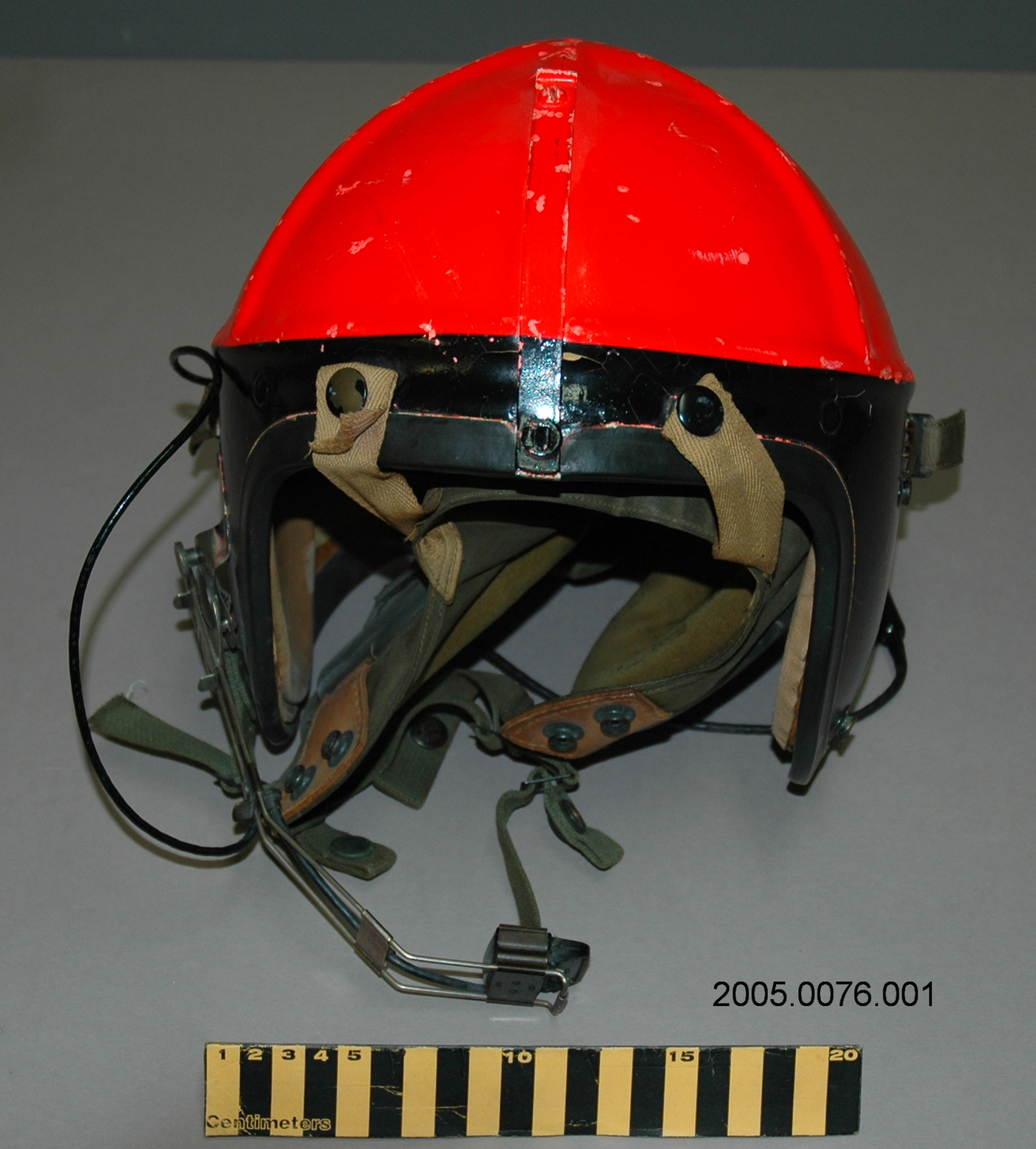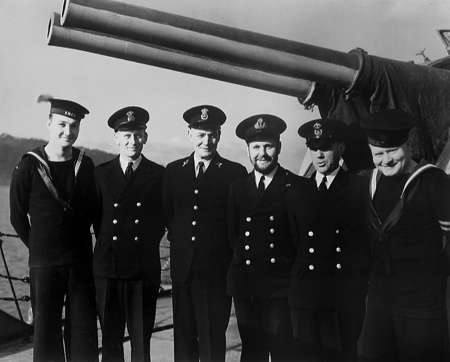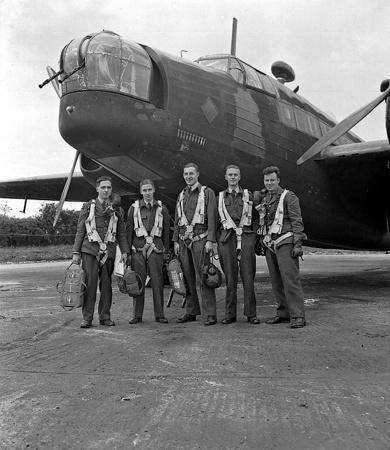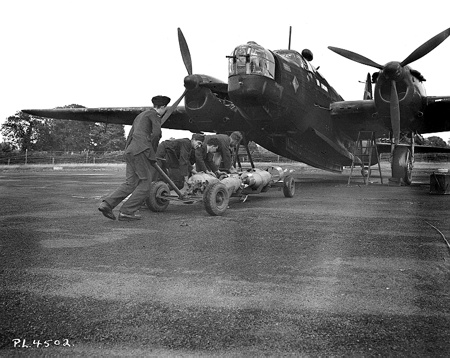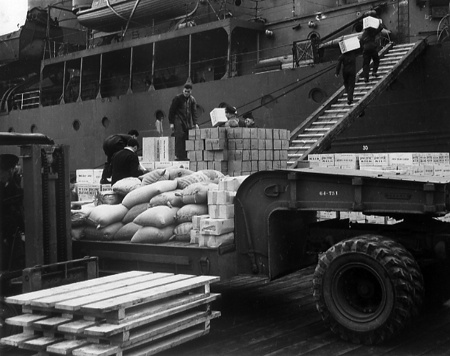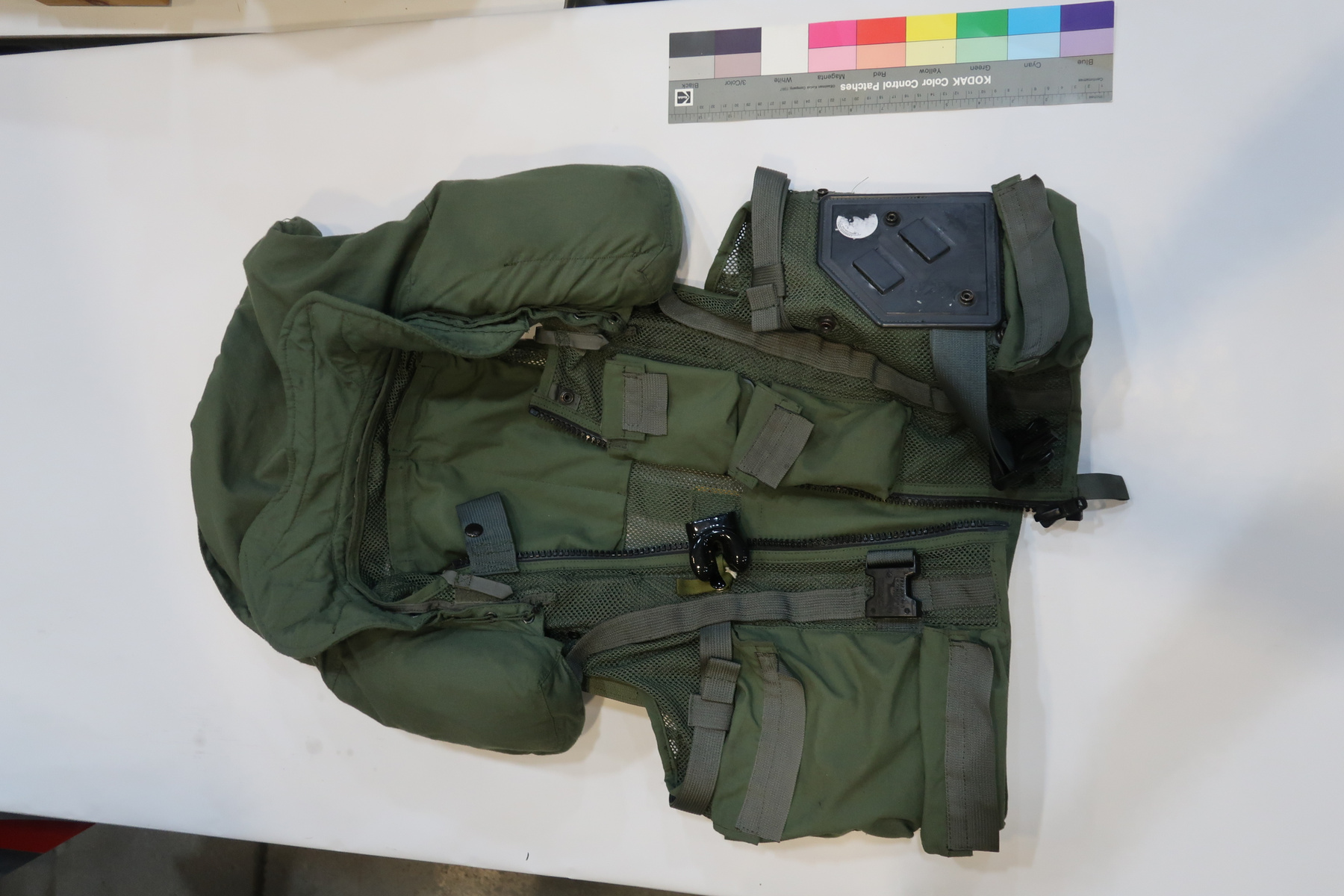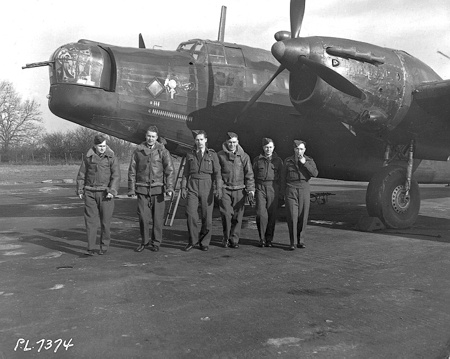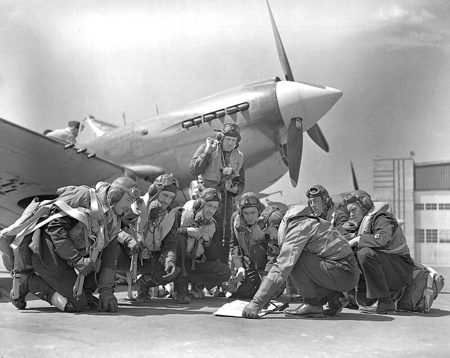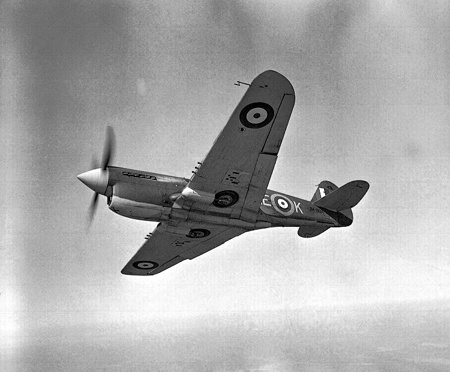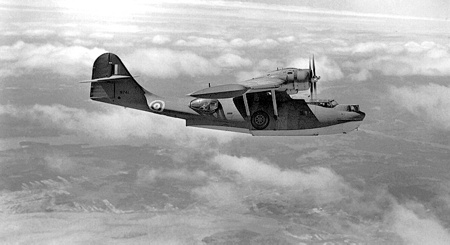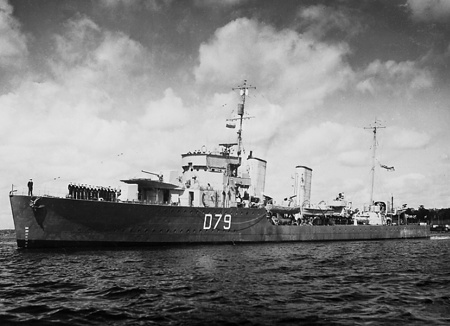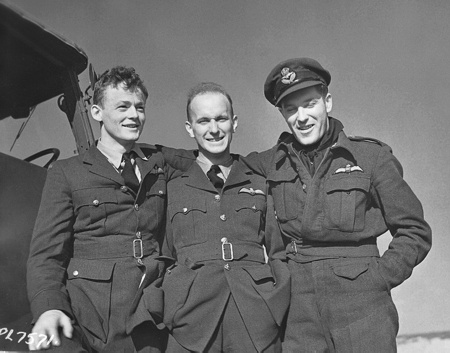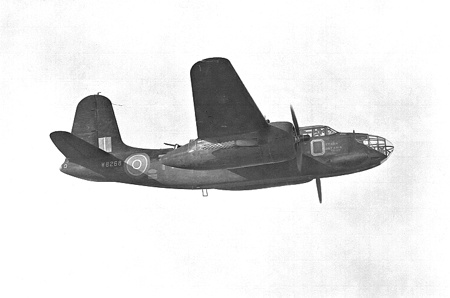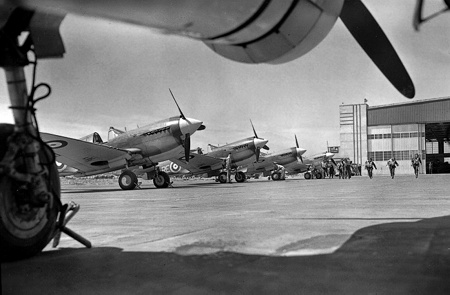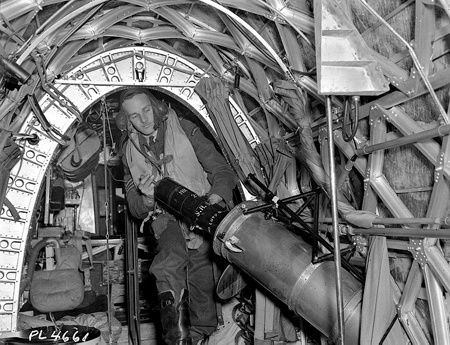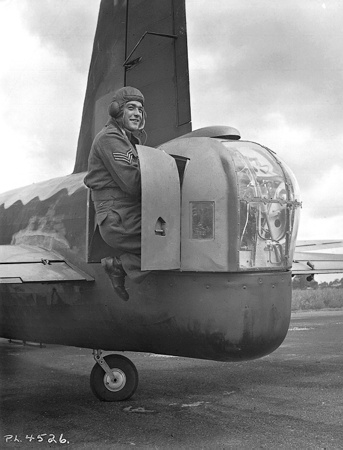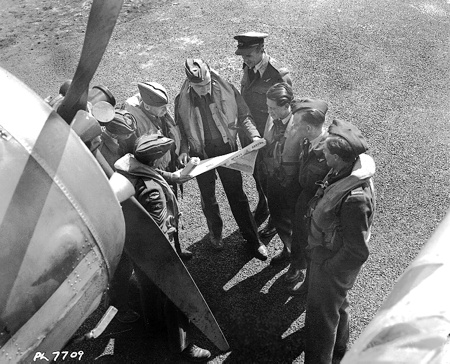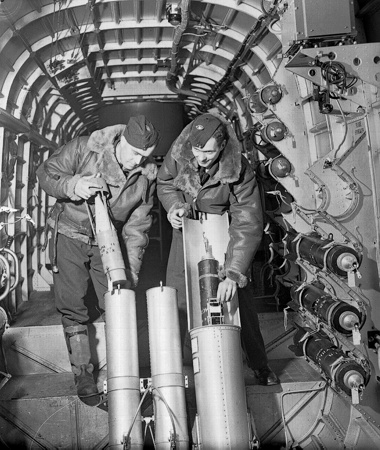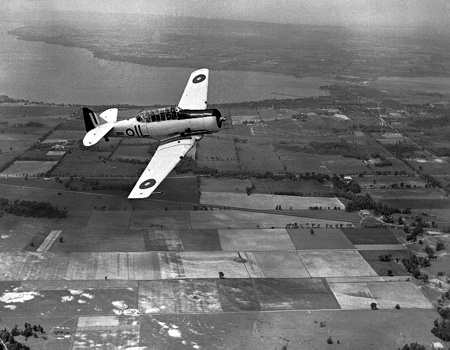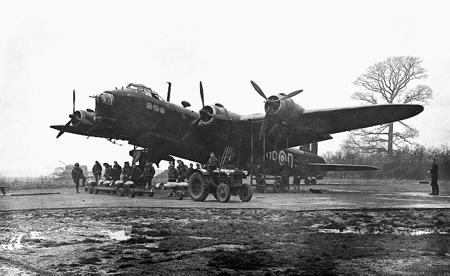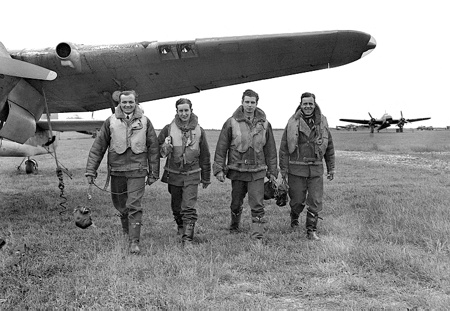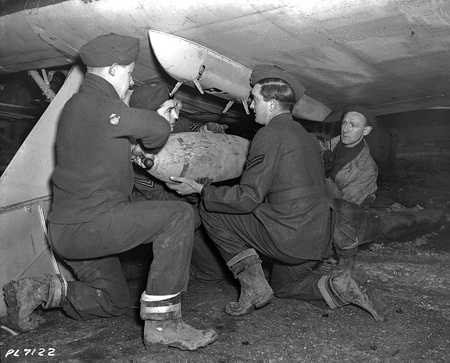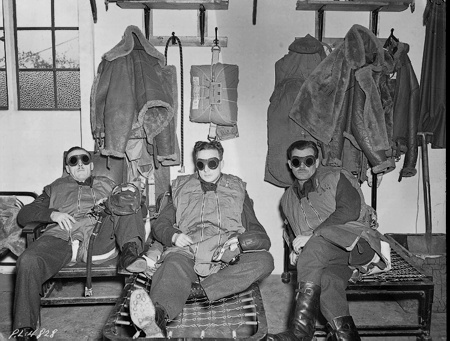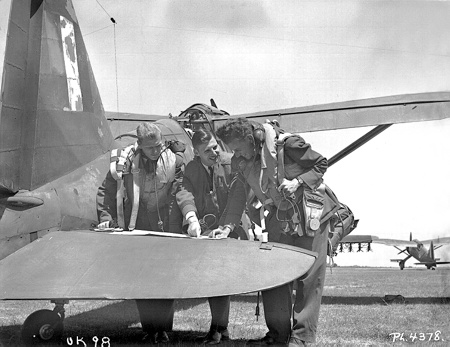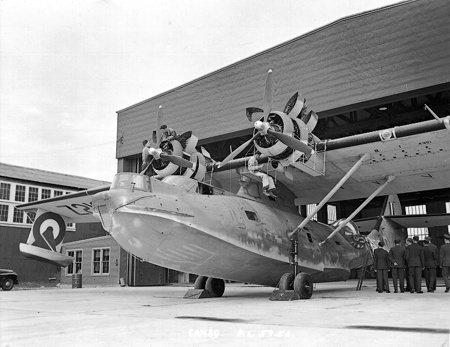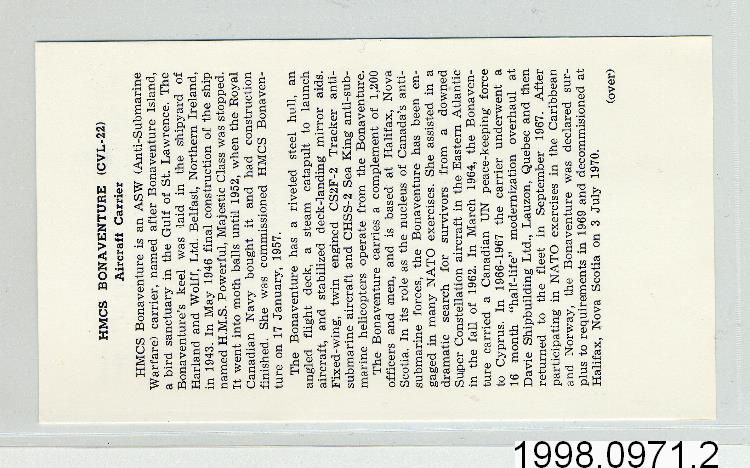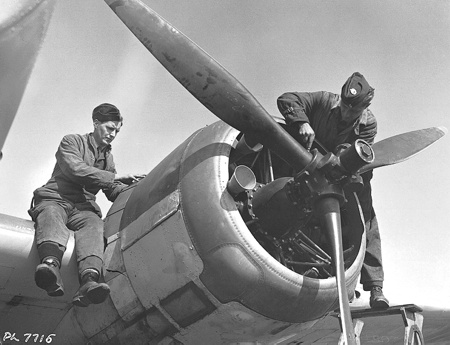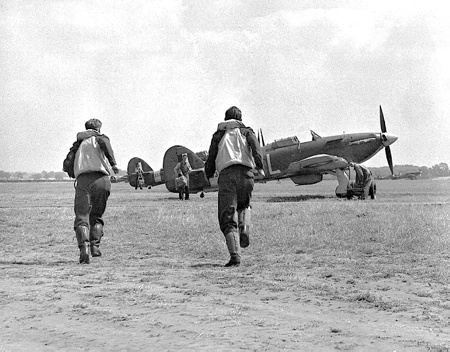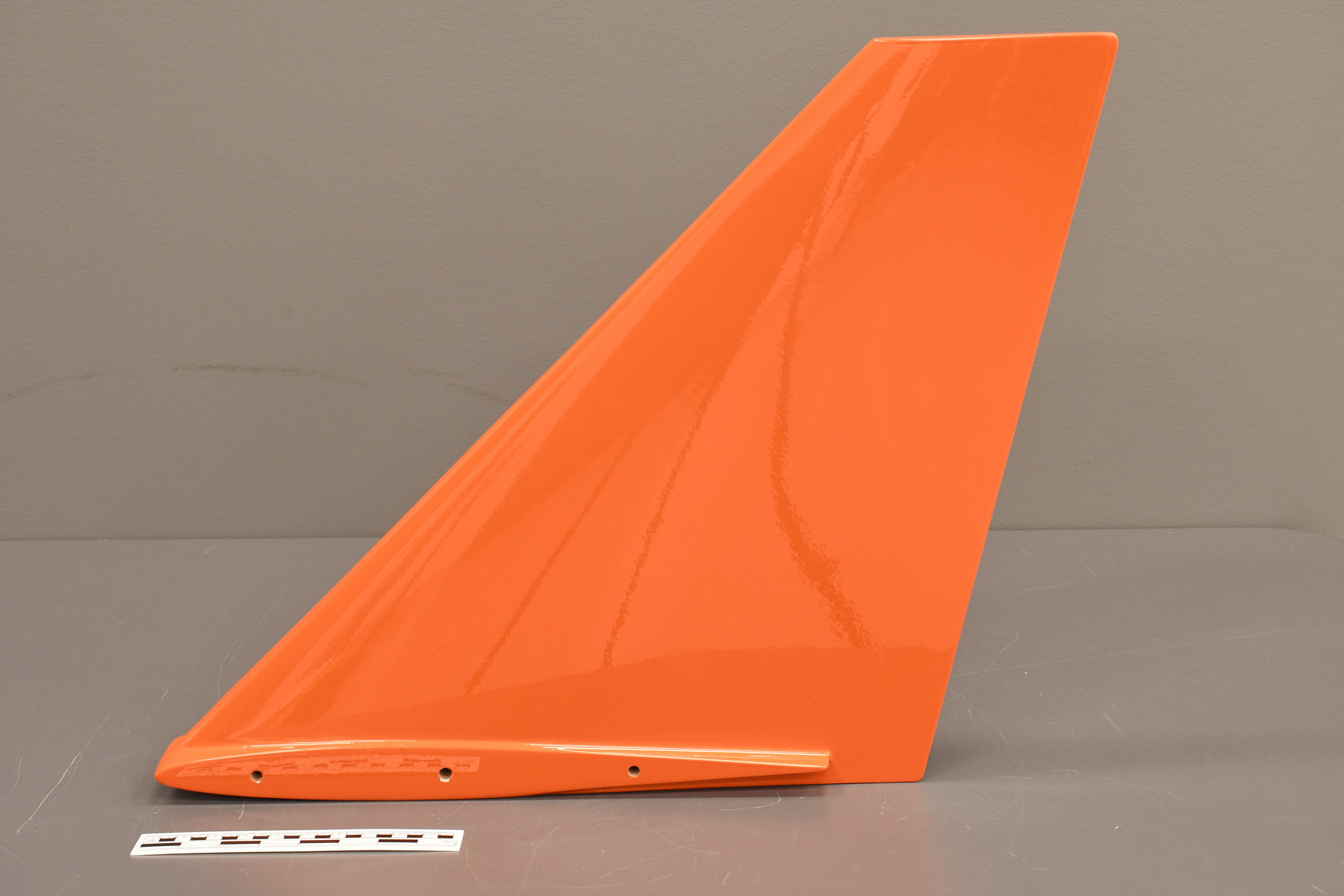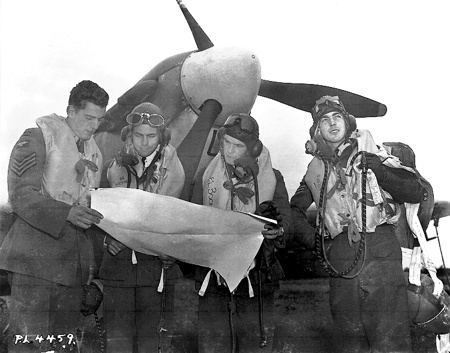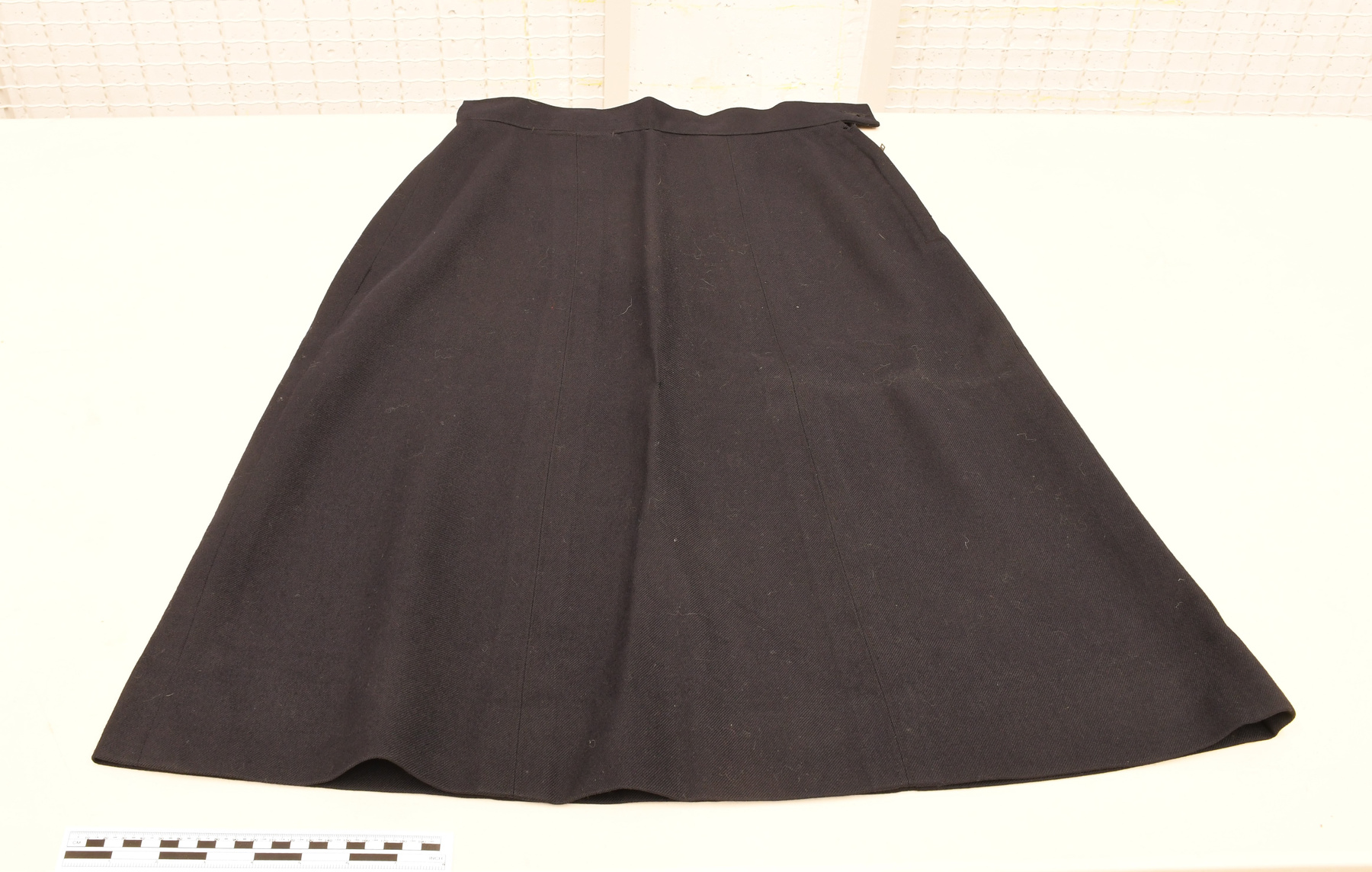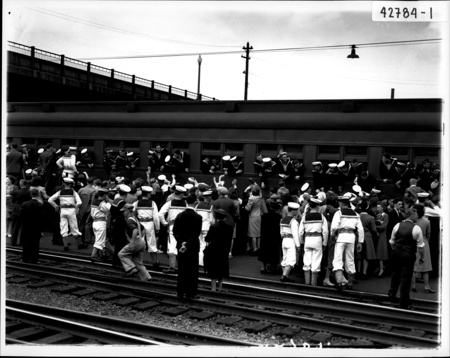Skirt, uniform
Use this image
Can I reuse this image without permission? Yes
Object images on the Ingenium Collection’s portal have the following Creative Commons license:
Copyright Ingenium / CC BY-NC-ND (Attribution-NonCommercial 4.0 International (CC BY-NC 4.0)
ATTRIBUTE THIS IMAGE
Ingenium,
2015.0582.002
Permalink:
Ingenium is releasing this image under the Creative Commons licensing framework, and encourages downloading and reuse for non-commercial purposes. Please acknowledge Ingenium and cite the artifact number.
DOWNLOAD IMAGEPURCHASE THIS IMAGE
This image is free for non-commercial use.
For commercial use, please consult our Reproduction Fees and contact us to purchase the image.
- OBJECT TYPE
- N/A
- DATE
- 1967
- ARTIFACT NUMBER
- 2015.0582.002
- MANUFACTURER
- SCOTT UNIFORM CO.
- MODEL
- Service Dress No.2 WREN
- LOCATION
- Unknown
More Information
General Information
- Serial #
- N/A
- Part Number
- 2
- Total Parts
- 4
- AKA
- N/A
- Patents
- N/A
- General Description
- Black uniform skirt.
Dimensions
Note: These reflect the general size for storage and are not necessarily representative of the object's true dimensions.
- Length
- 69.8 cm
- Width
- 69.8 cm
- Height
- N/A
- Thickness
- N/A
- Weight
- N/A
- Diameter
- N/A
- Volume
- N/A
Lexicon
- Group
- Aviation
- Category
- Clothing
- Sub-Category
- N/A
Manufacturer
- AKA
- SCOTT UNIFORM
- Country
- Unknown
- State/Province
- Unknown
- City
- Unknown
Context
- Country
- Unknown
- State/Province
- Unknown
- Period
- Used through the 1960s.
- Canada
-
Under represented in the collection, Naval Air Arm uniforms help tell the stories of the lesser recognized airmen and women of the Royal Canadian Navy (RCN). The idea of a Canadian naval air service was revived during the Second World War by the British Admiralty. Throughout the interwar period, all flying operations were undertaken by the Royal Canadian Airforce (RCAF). When the notion of separate services was revived, it was decided that the RCN Air Arm would be a carrier-based operation and the RCAF would continue to manage coastal operations with land-based aircraft. Throughout the 1950s, the RNC Air Arm grew, taking on various former RCAF stations (including RCAF Station Dartmouth); introducing helicopter operations on destroyer-class vessels, and the formation of its own fighter squadrons. By the early 1960s, there was a down-turn in naval aviation in Canada; some were blunders by the navy, other decisions were more political than practical in nature. Reserve squadrons were paid off by 1964. The unification of Canada's armed forces was the beginning of the end for the RCN Air Branch. The HMCS Bonaventure, Canada's only remaining aircraft carrier, was decommissioned in 1970. All fixed-wing operations were now land-based. In 1975, Air Command took over the Maritime Air Group and this marked the end of the Canadian Navy's Air Arm. This work uniform is representative of those worn by typical naval aviators serving in the Royal Canadian Navy Air Branch in the post-Second World War period. Sous-représenté dans la collection nationale, les uniformes marins de la branche aérienne nous aident à comprendre l’histoire moins reconnues des aviateurs faisant partie de la Marine royale canadienne. Le concept d’un service aérien parmi la marine canadienne a été relevé par l’Amirauté britannique lors de la Seconde Guerre Mondiale. Lors de la période d’entre-guerre, toutes les opérations aériennes étaient entreprises par l’Aviation royale canadienne. Lorsque la notion de services séparés a été rétablie, il a été décidé que la branche aérienne de la MRC serait une opération basée sur un porte-avions que l’ARC continuerait de gérer les opérations côtières avec des aéronefs basés au sol. À travers les années 1950, la branche aérienne de la MRC continue à croitre et prend contrôle de plusieurs anciennes bases de l’ARC (incluant la station Dartmouth). Par ailleurs, ils introduisent les opérations d’hélicoptères sur des navires de guerre et la formation de leurs propres escadrons. Par le début des années 1960s, on remarque un déclin dans l’industrie marin-aérien au Canada. Les raisons pour ceci sont attribuées à certaines erreurs de la part de la Marine, mais ainsi certaines décisions qui étaient plus politiques au lieu d’être pratique. Les escadrons de réserves ont été désarmés en 1964. L’unification des armes forcées étaient le début de la fin pour la branche aérienne de la MRC. De plus, le dernier porte-avion (HMCS Bonaventure) a été mis hors service en 1970. Toutes les opérations d’avions à voilure fixe étaient désormais basées à la terre. En 1975, l’ARC a pris contrôle du groupe aérien des Maritimes et ceci marqueras la fin de la branche aérienne de la MRC. Cet uniforme de travail est représentatif de ceux portés par les aviateurs typiques dans la branche aérienne du MRC après la Seconde Guerre Mondiale. - Function
-
This particular uniform was worn by a service woman in the Royal Canadian Navy in the late 1960s. The arm badge indicates that she was Safety Equipment Technician. This trade was responsible for tasks such as packing parachutes, changing ejection seat cartridges, and general maintenance of dinghies and May Wests. As a woman, however, this particular technician would not have worked on the HMCS Bonaventure, but would hjave been stationned at one of the navy's air bases. Ce uniforme spécifique a été porté par femmes militaires dans la Marine royale canadienne vers la fin des années 1960. L'insigne sur le bras indique qu'elle était technicienne en équipement de sécurité. Ce métier était responsable de certaines tâches comme l'emballage des parachutes changement des cartouches du siège éjectable et entretien général des canots pneumatiques et des May West. Toutefois, en tant que femme, cette technicienne n'aurait pas travaillé sur le NCSM Bonaventure, mais aurait été stationnée dans l'une des bases aériennes de la Marine. - Technical
-
The variety of uniforms demonstrates the complexity of the Canadian Navy's culture and tradition. Some uniforms are specific to climate and therefore represent the times and global nature of naval service. The uniforms also offered a variety of dress type, from fromal, semi-formal and regular operations. La variété des uniformes démontre la complexité de la culture et de la tradition de Marine canadienne. Certains uniformes sont reliés spécifiquement au climat et représente le temps et la nature globale du service marin. Les uniformes offrait aussi une variété de vêtement comme formelle, semi-formelle et opérationnel. - Area Notes
-
Unknown
Details
- Markings
- N/A
- Missing
- Appears complete.
- Finish
- Black fabric skirt with silver coloured zipper.
- Decoration
- N/A
CITE THIS OBJECT
If you choose to share our information about this collection object, please cite:
SCOTT UNIFORM CO., Skirt, uniform, circa 1967, Artifact no. 2015.0582, Ingenium – Canada’s Museums of Science and Innovation, http://collections.ingeniumcanada.org/en/item/2015.0582.002/
FEEDBACK
Submit a question or comment about this artifact.
More Like This
